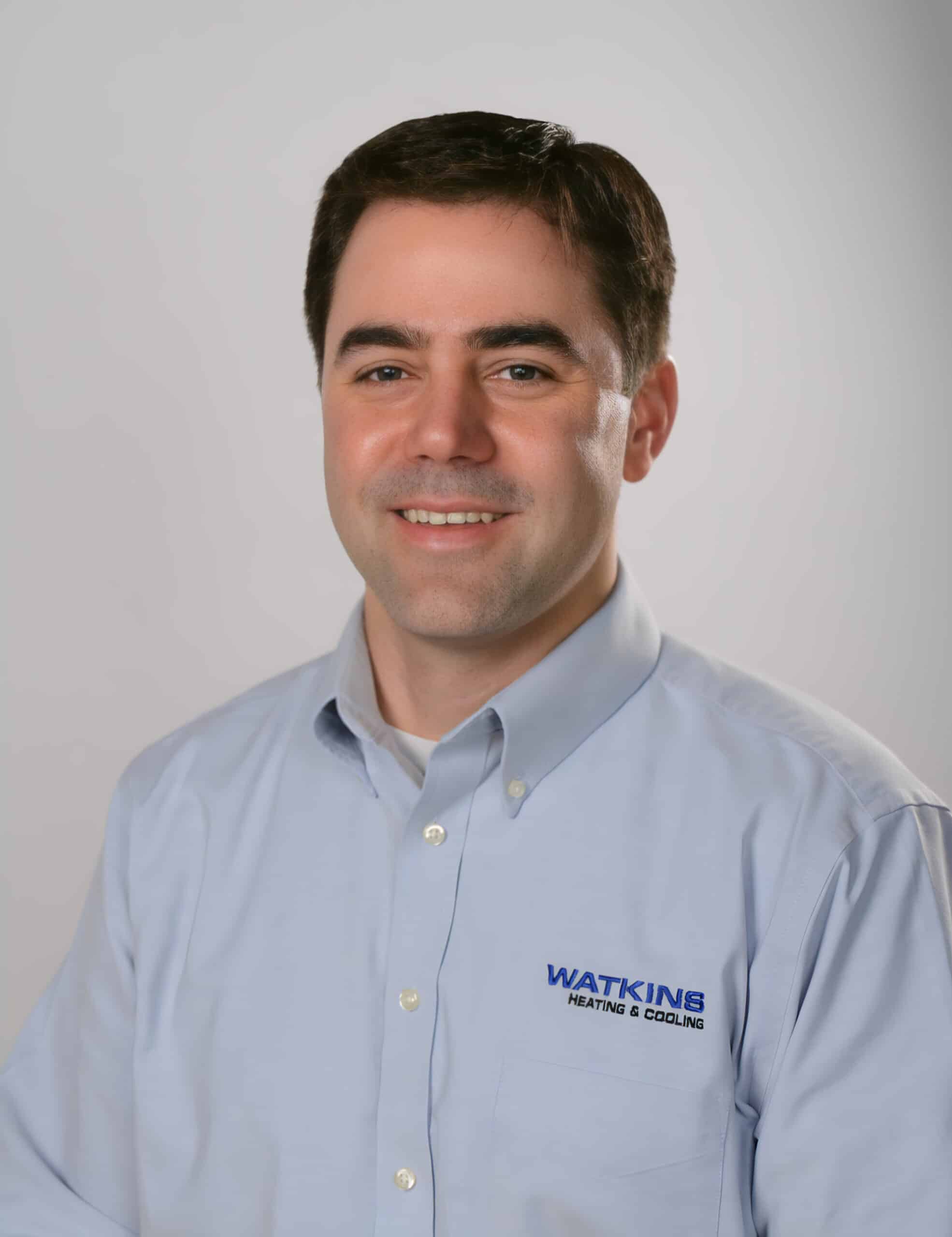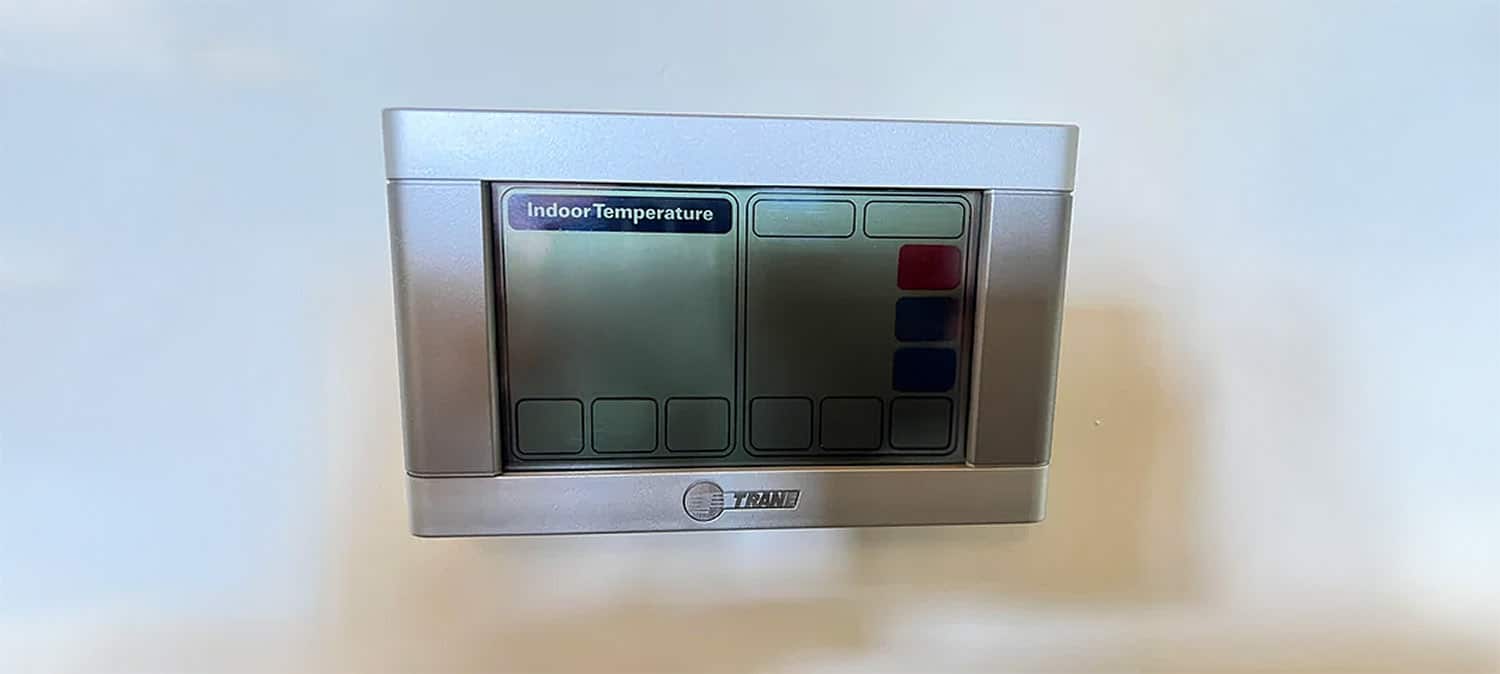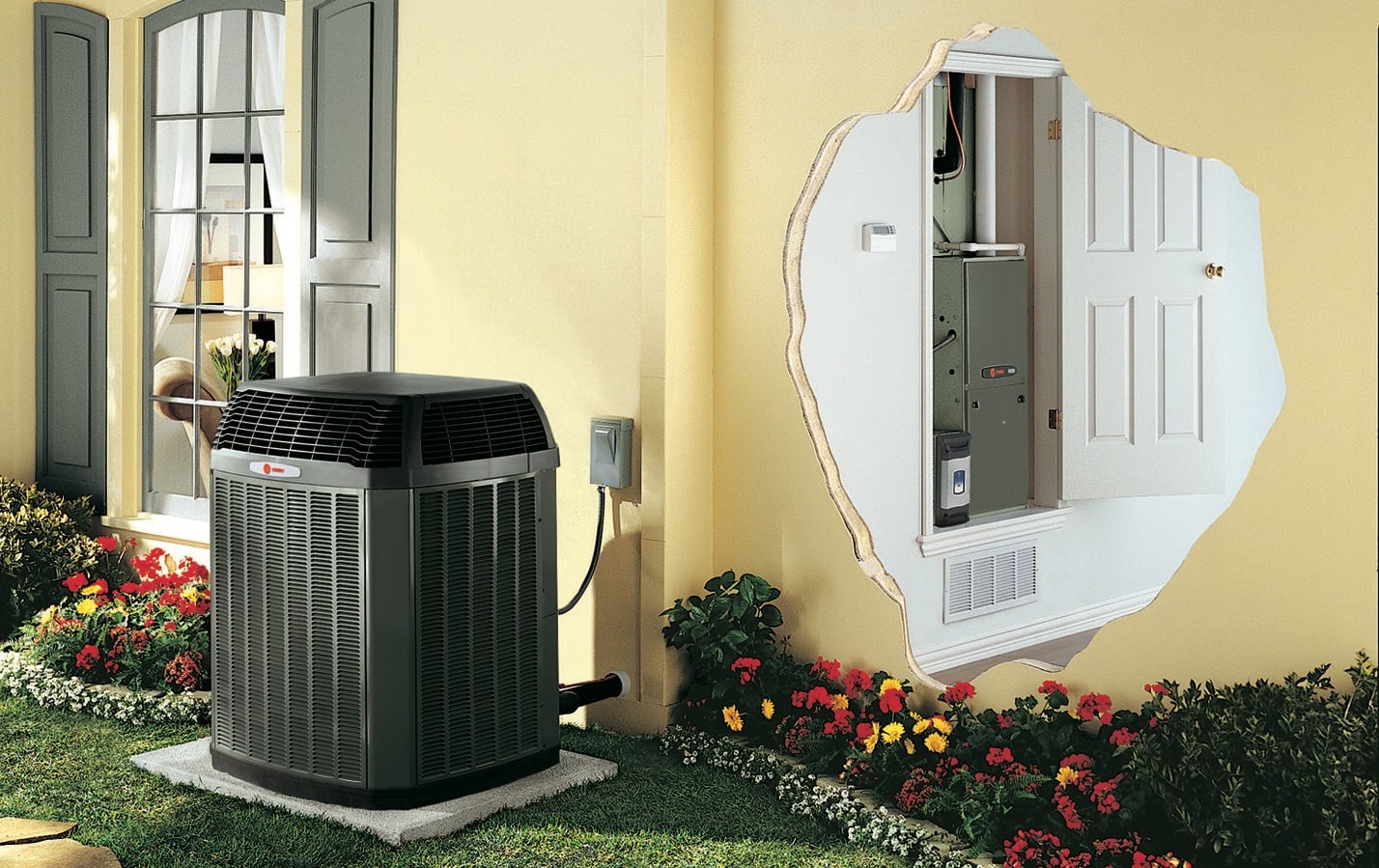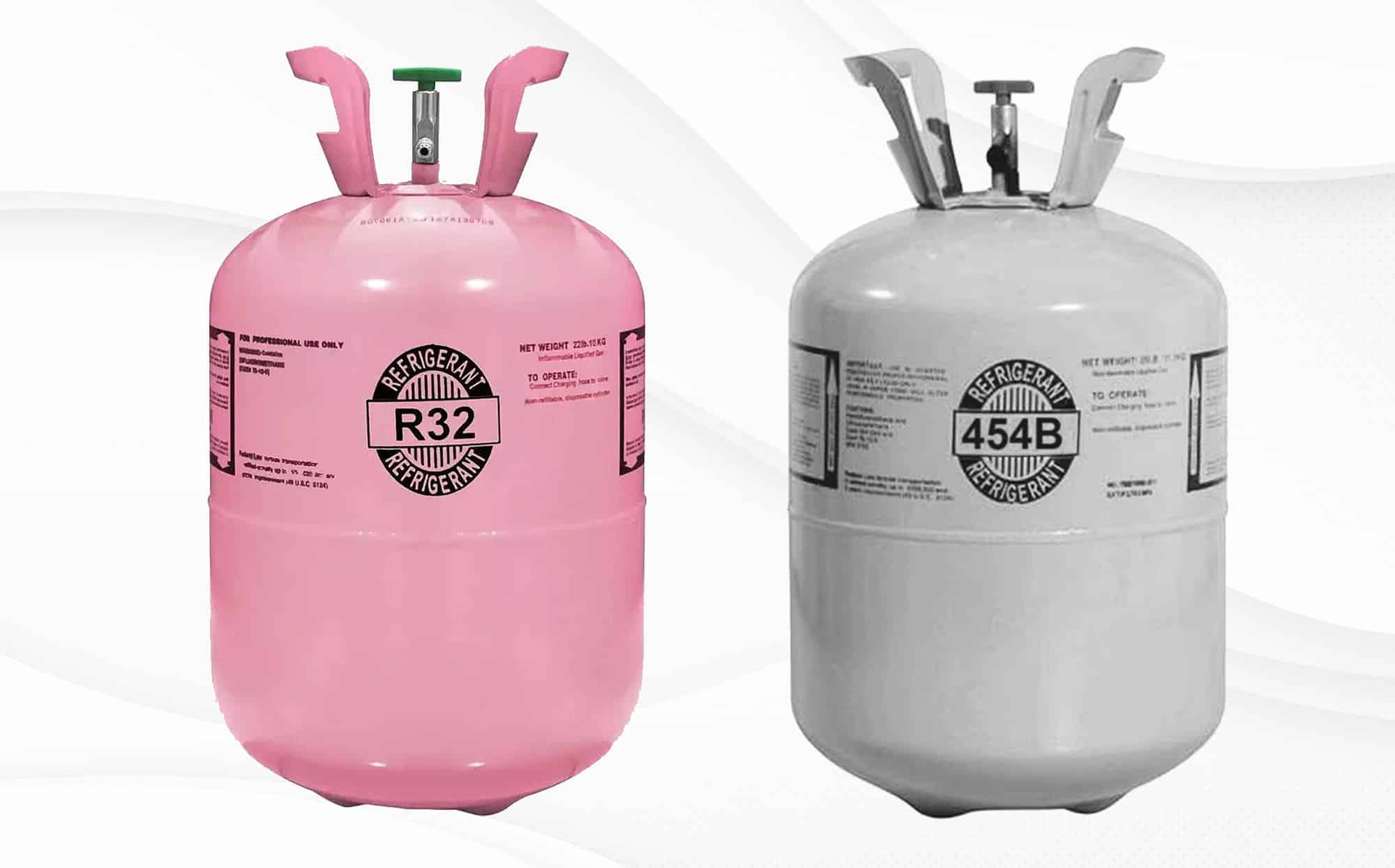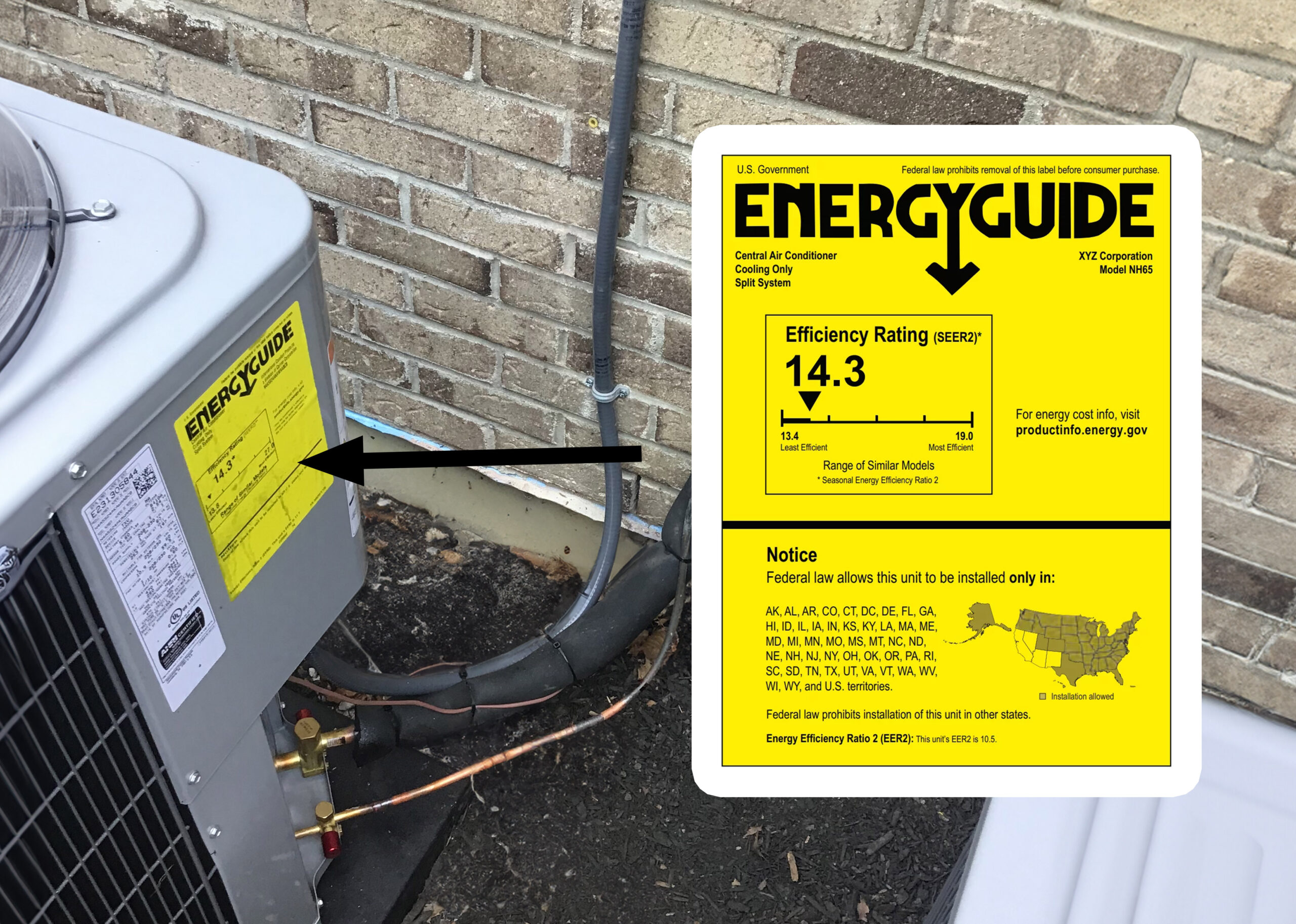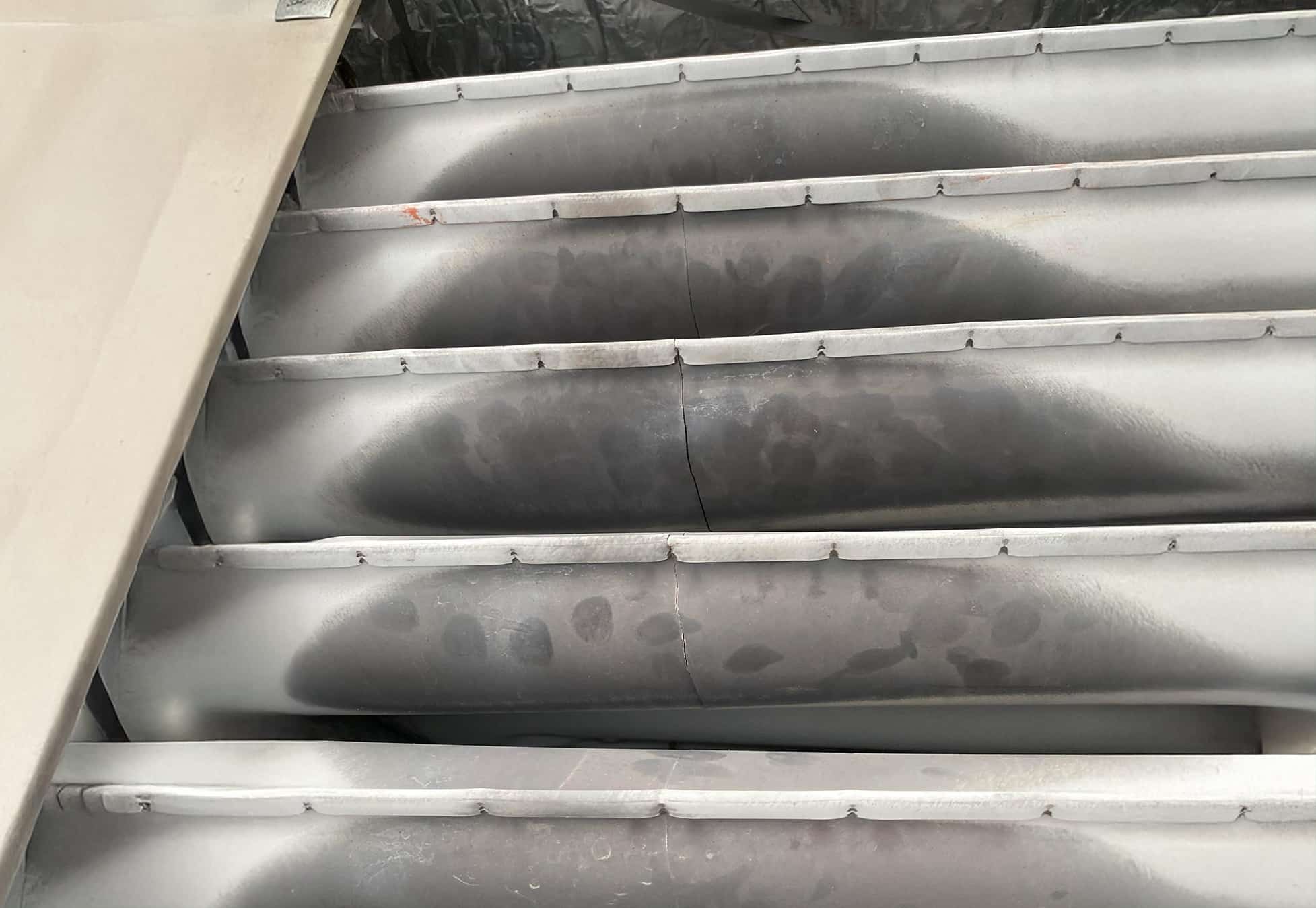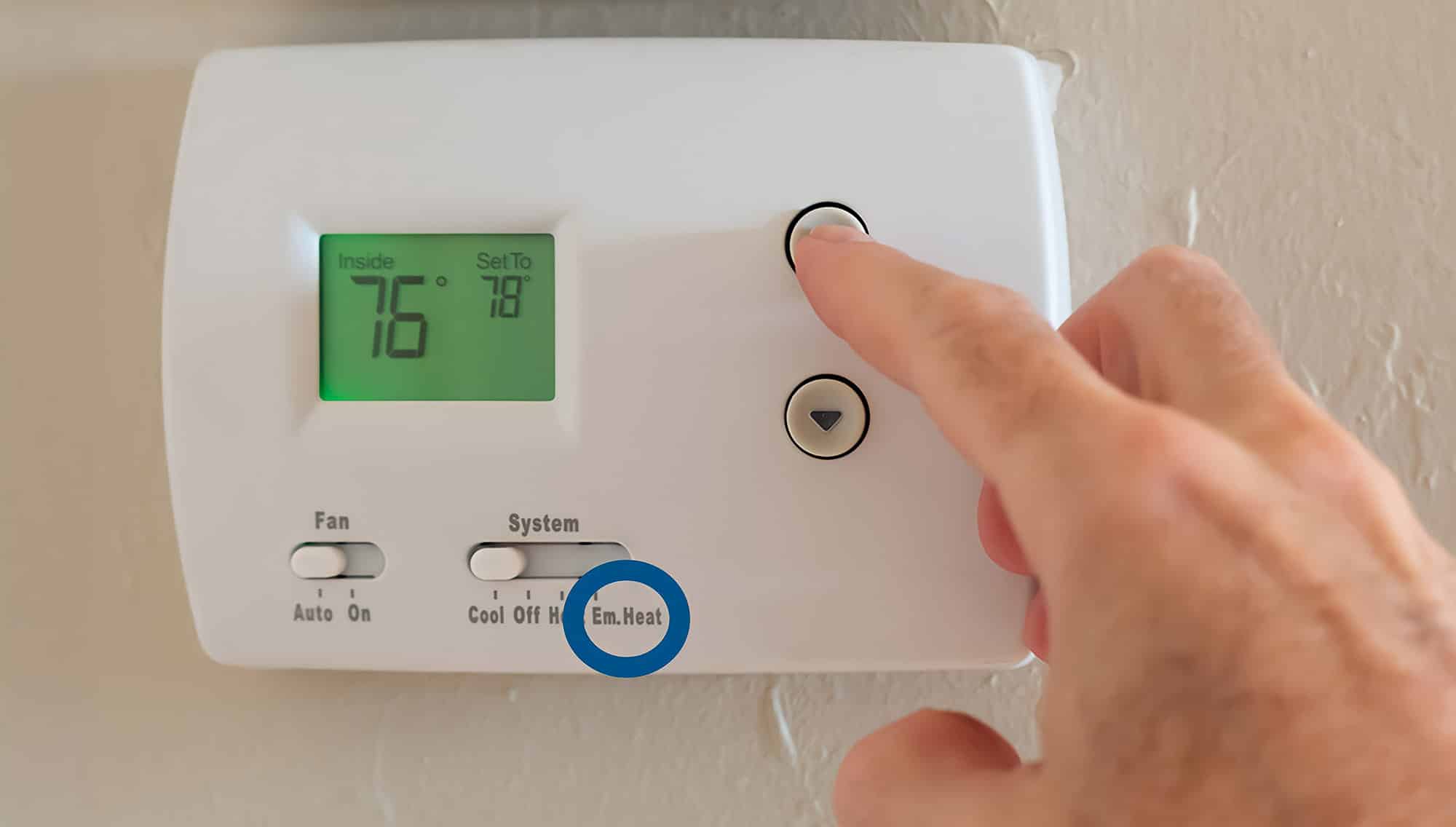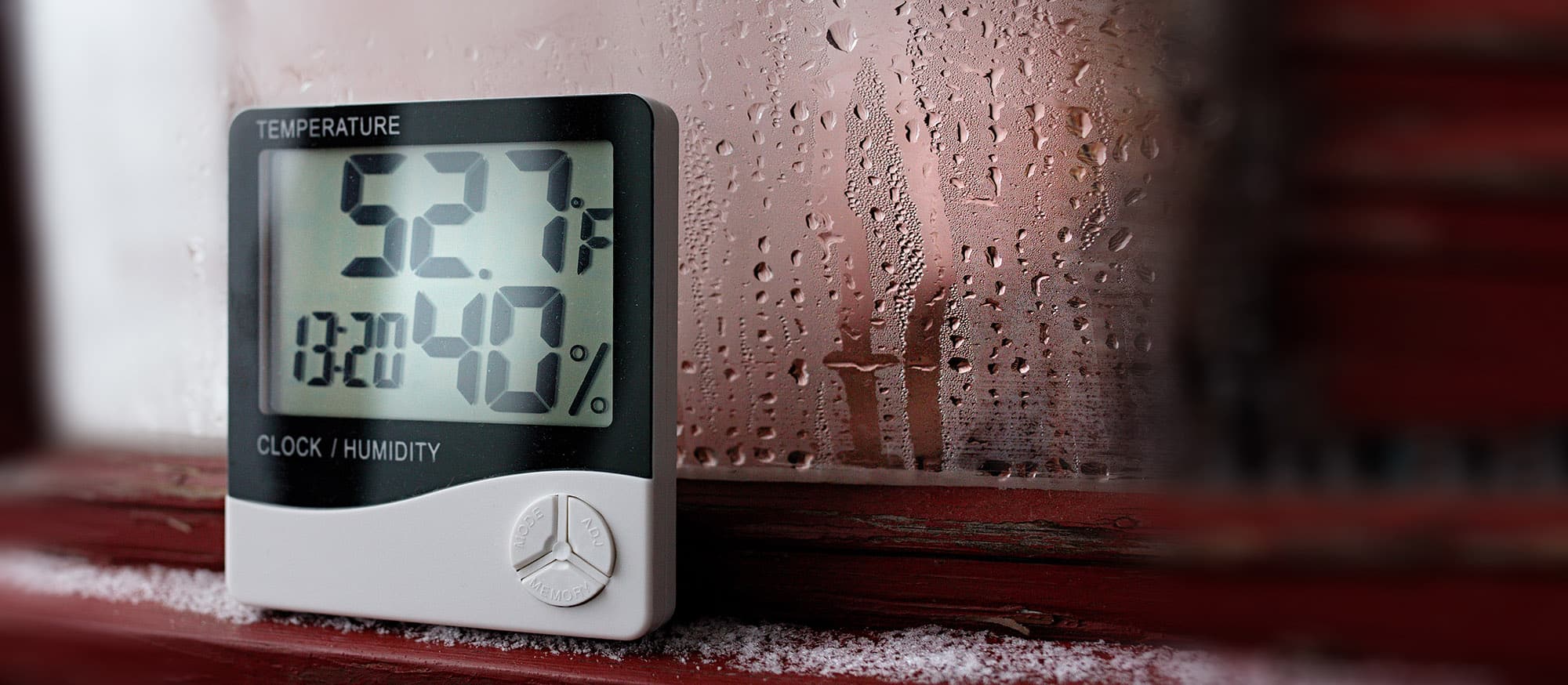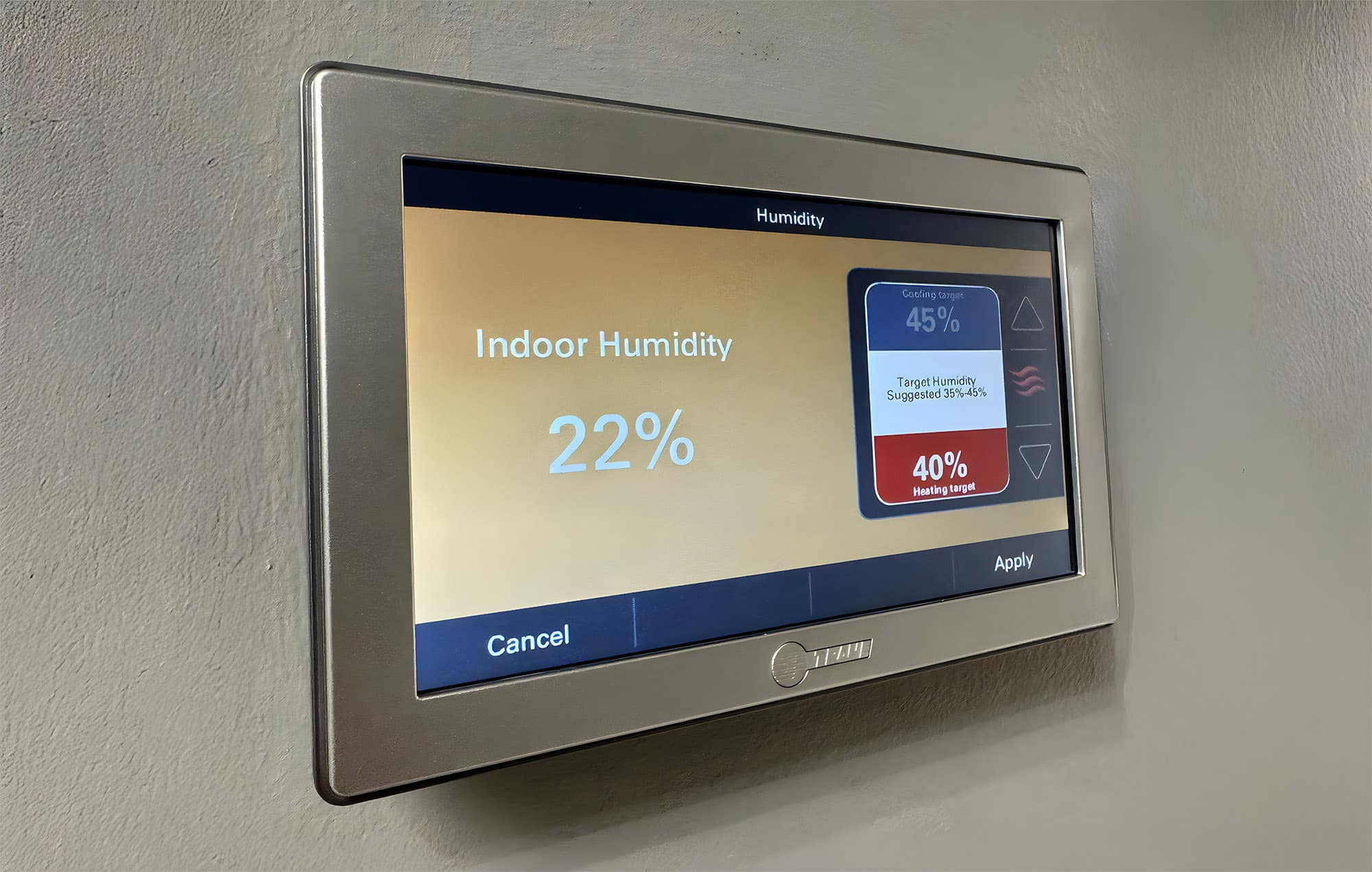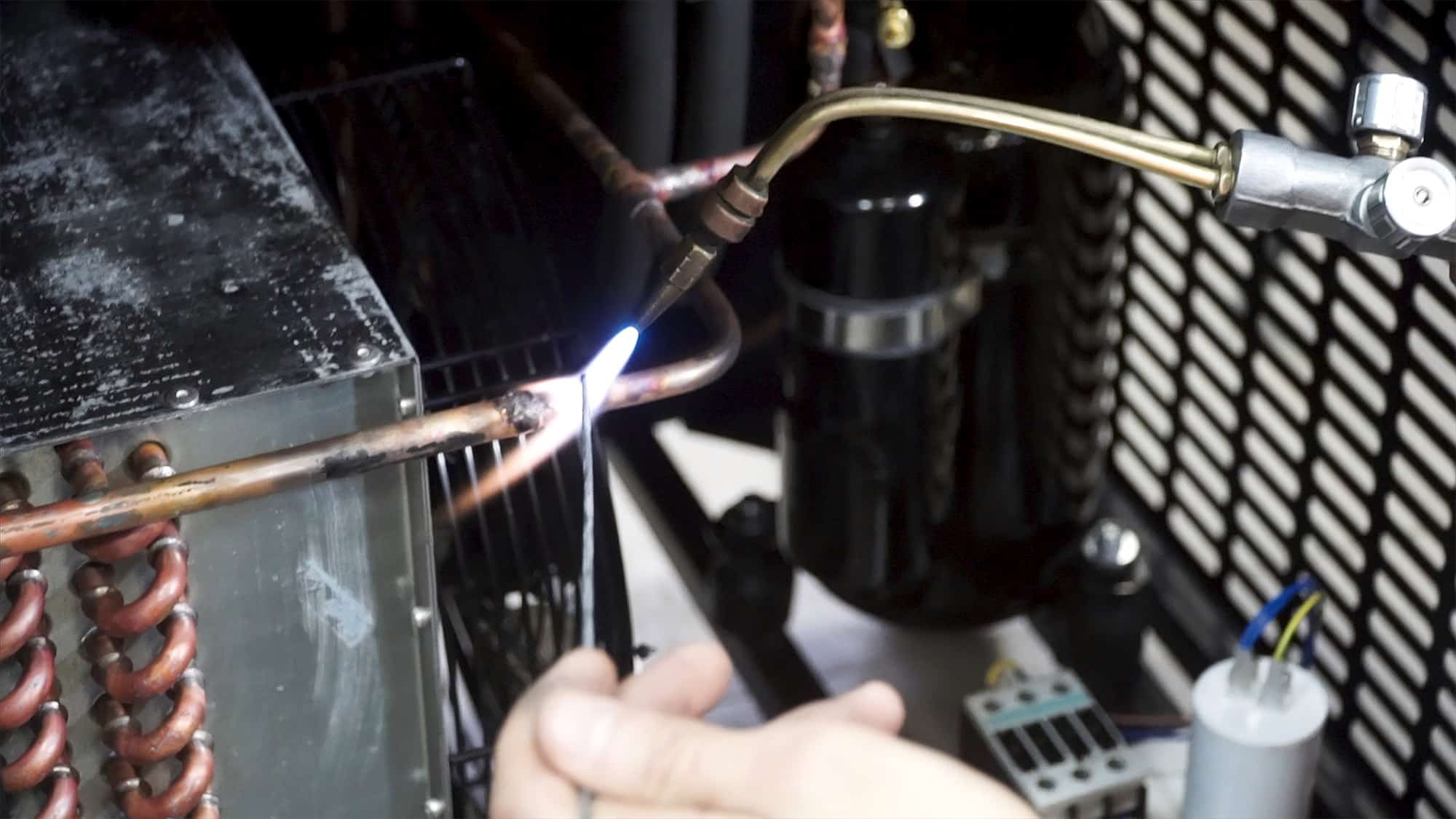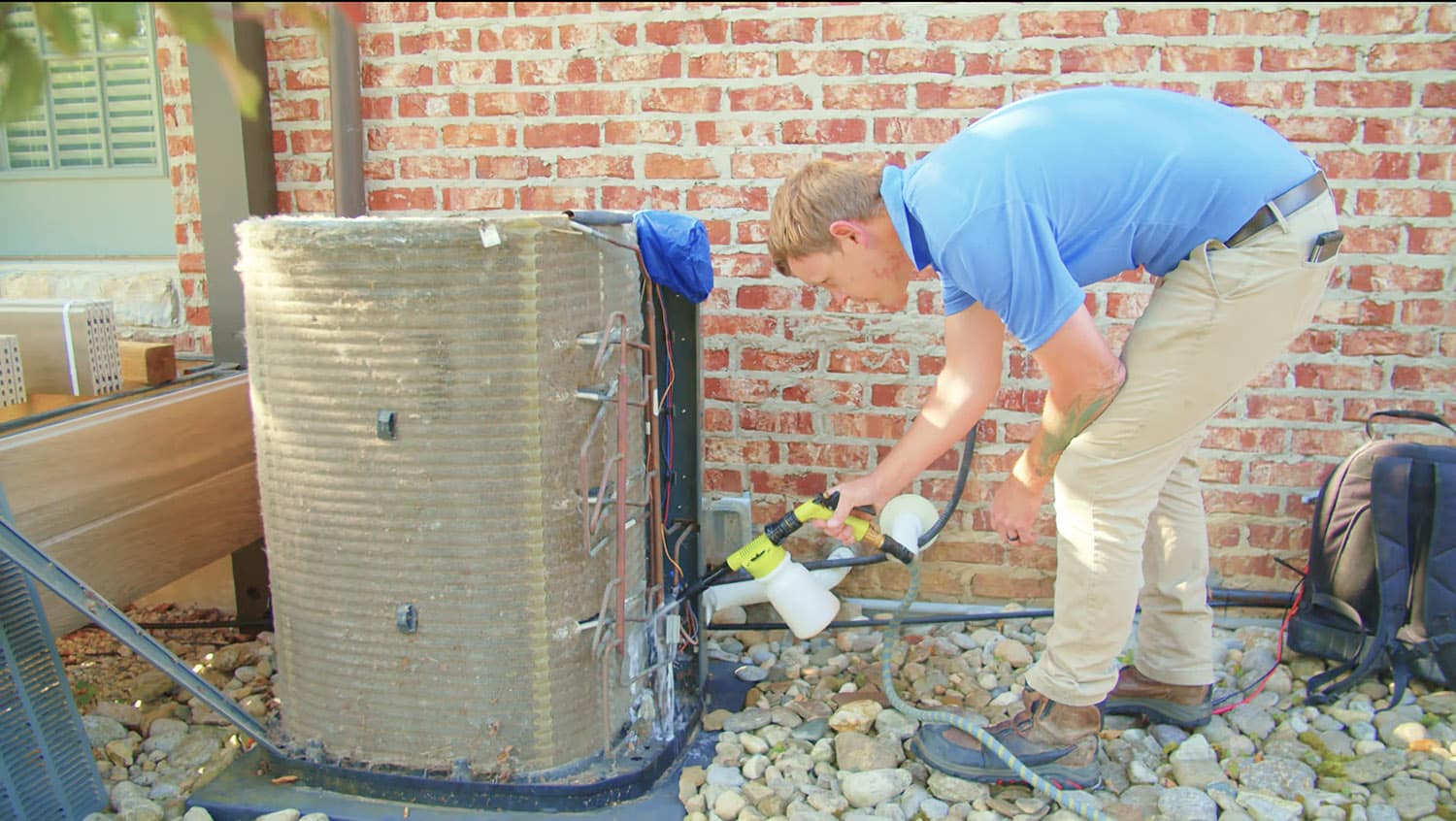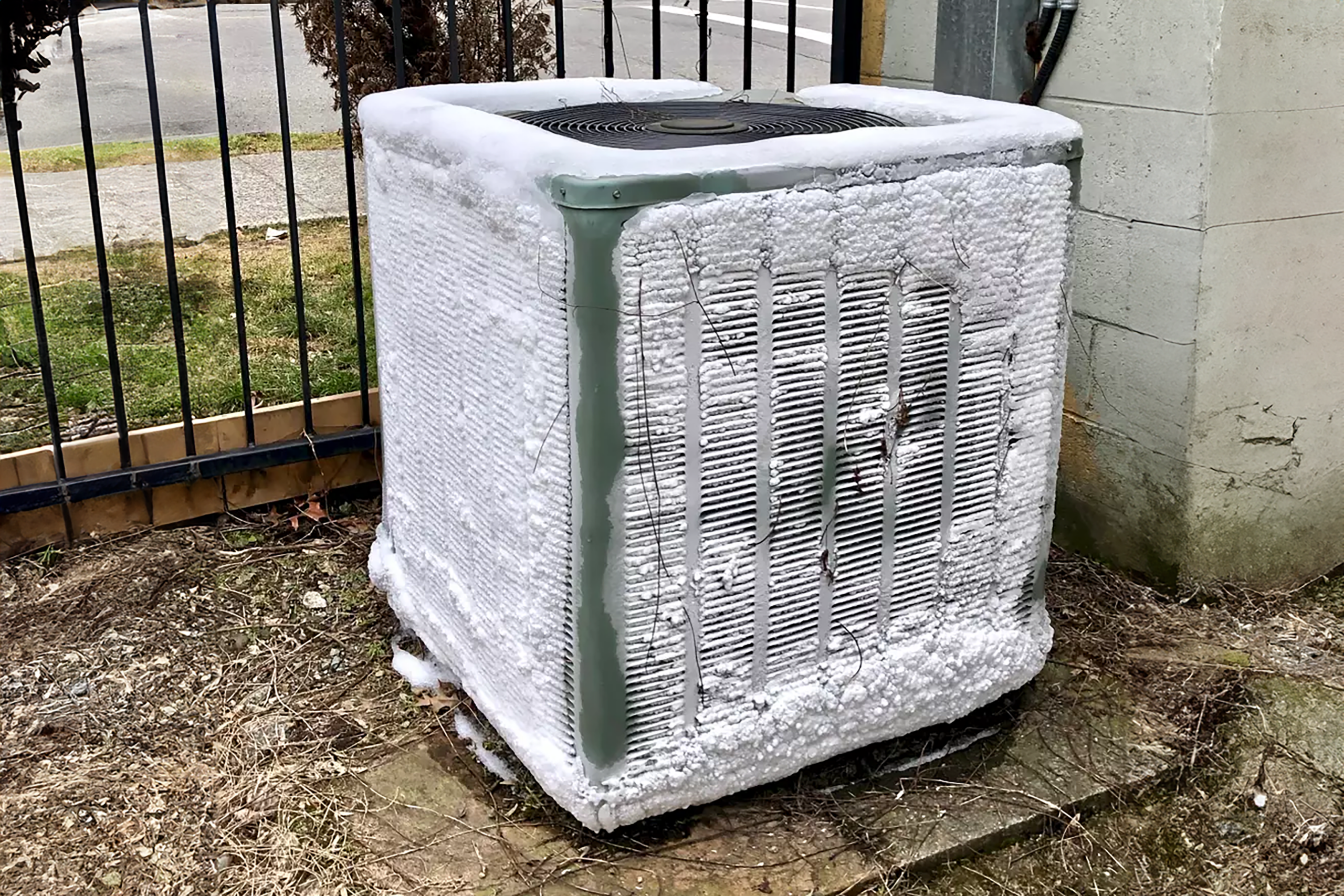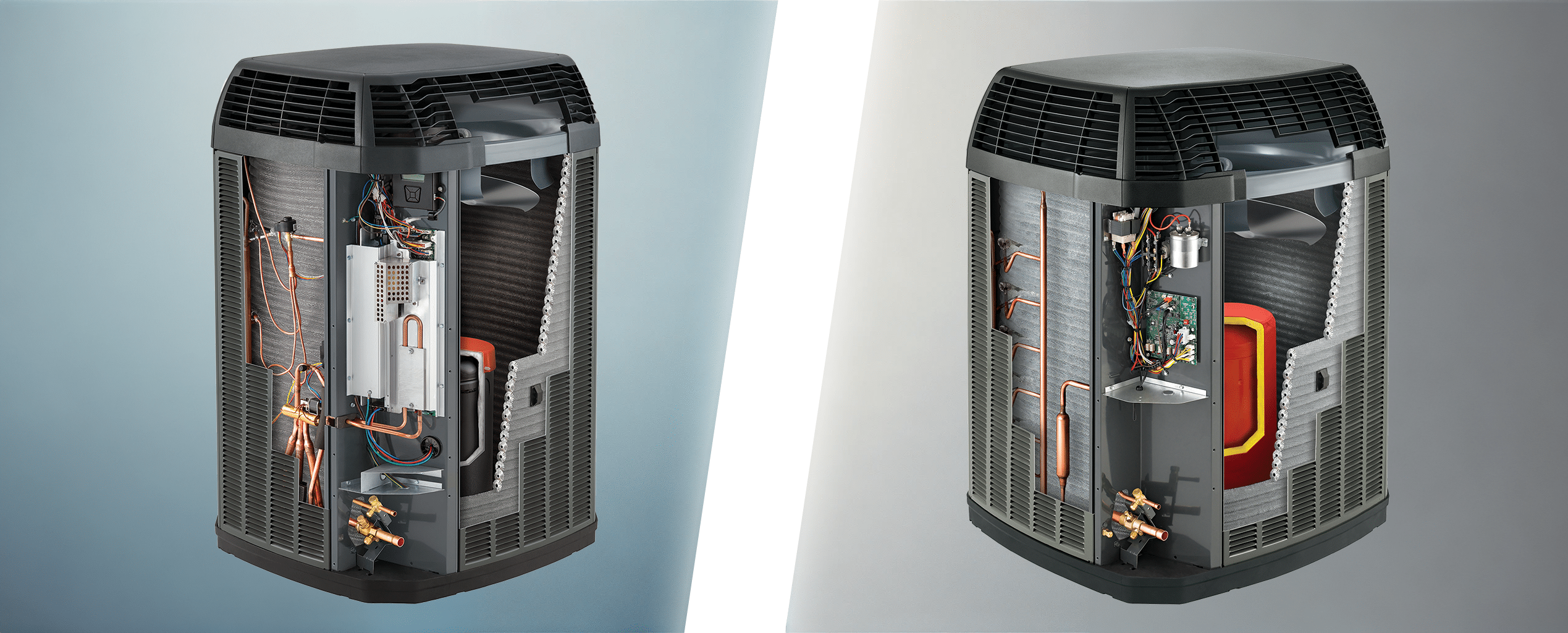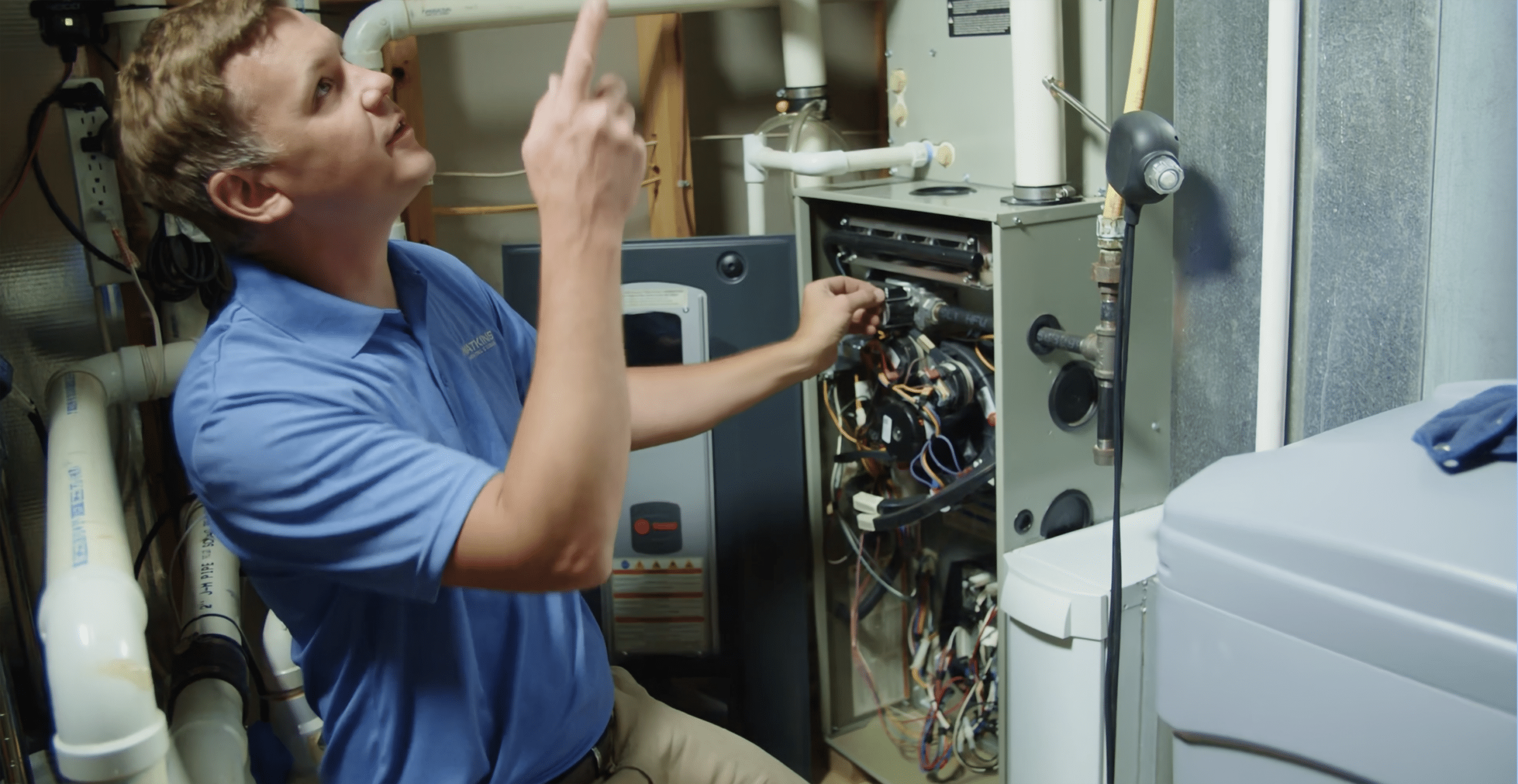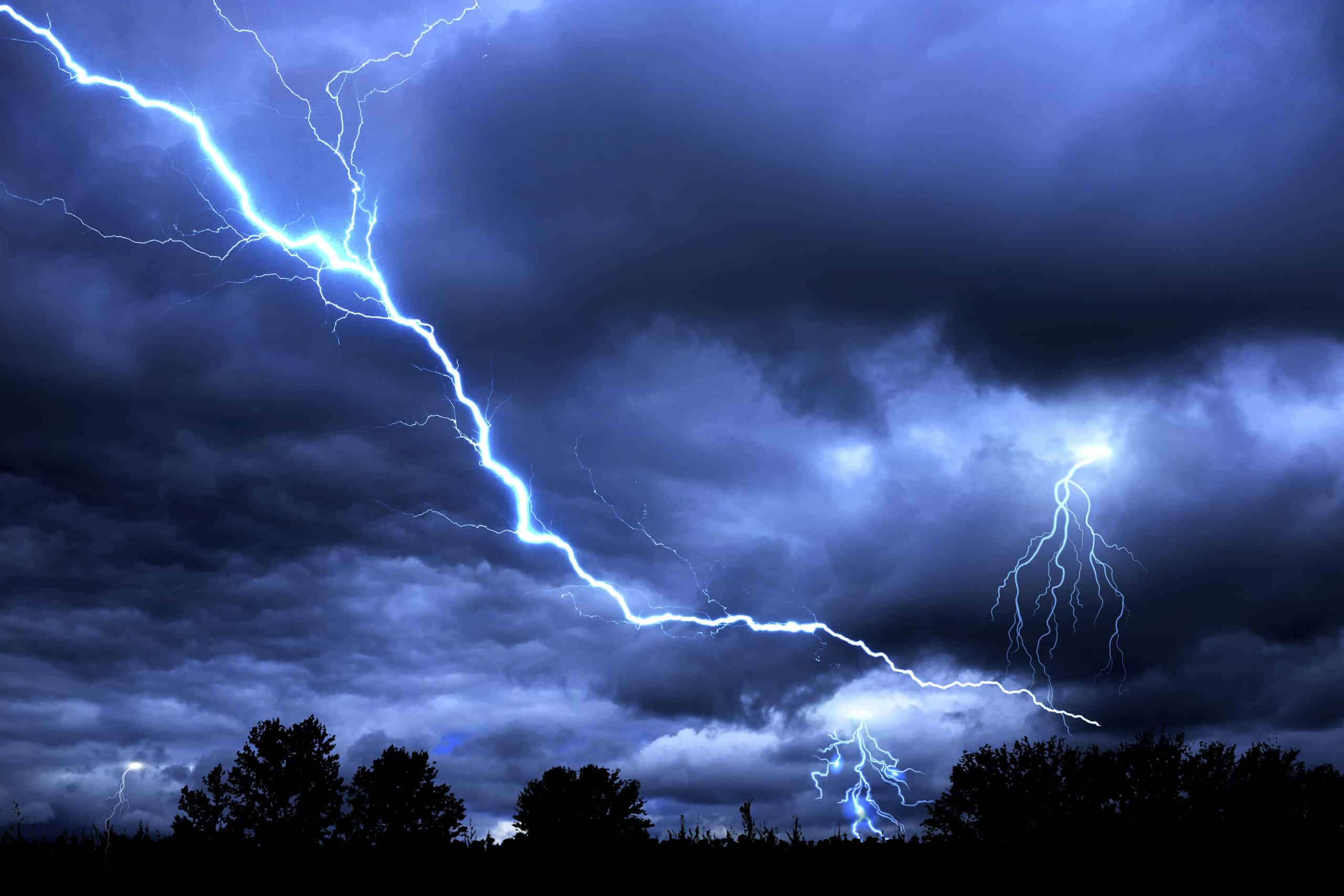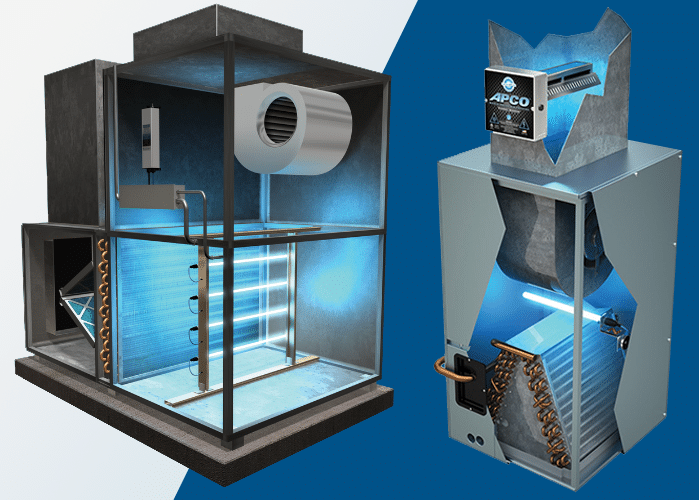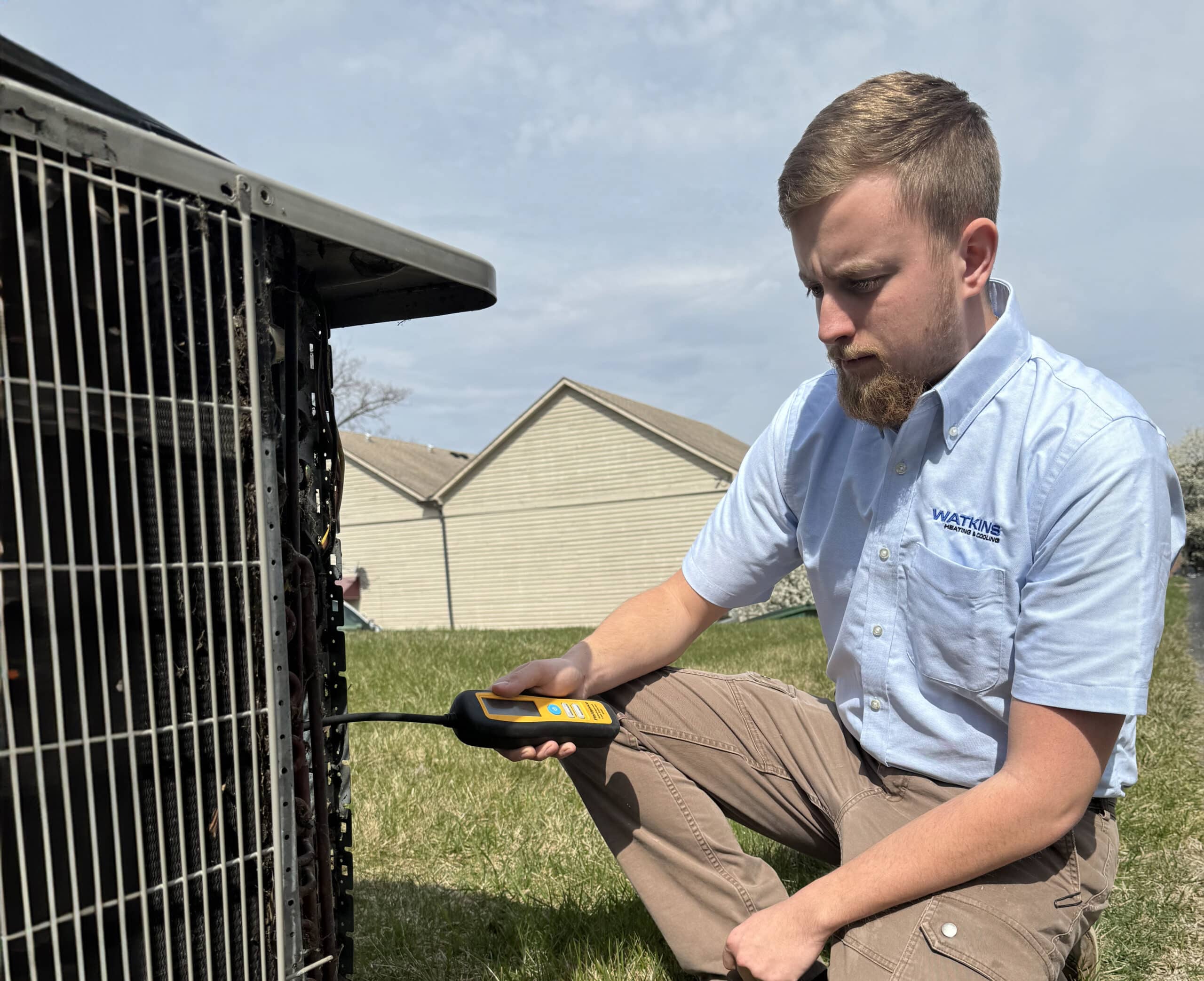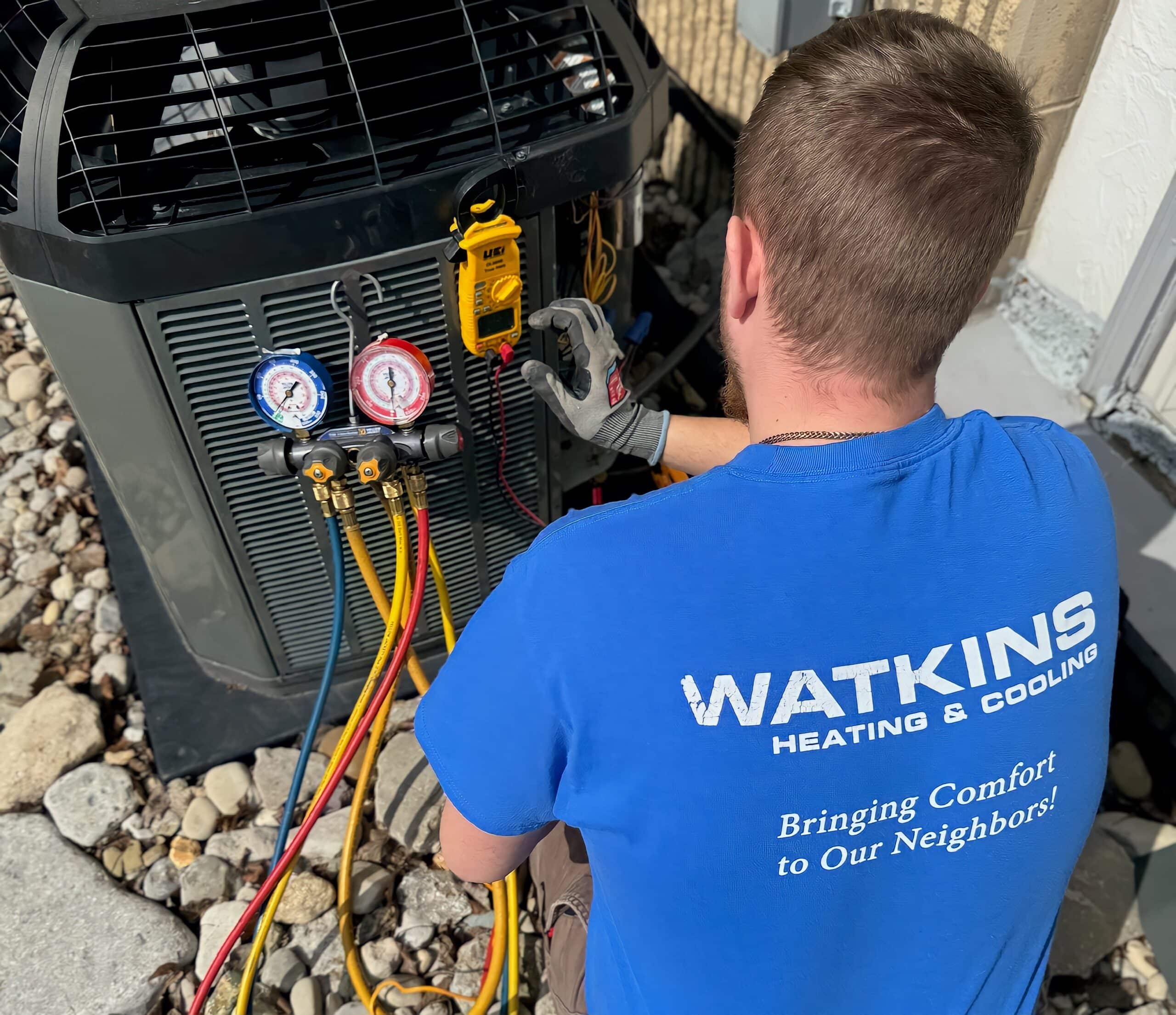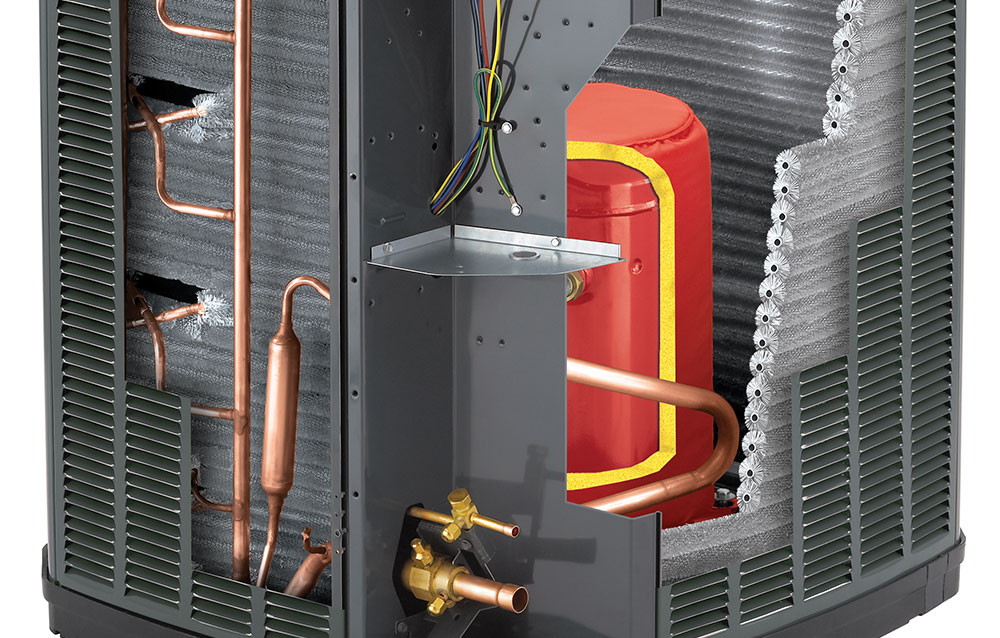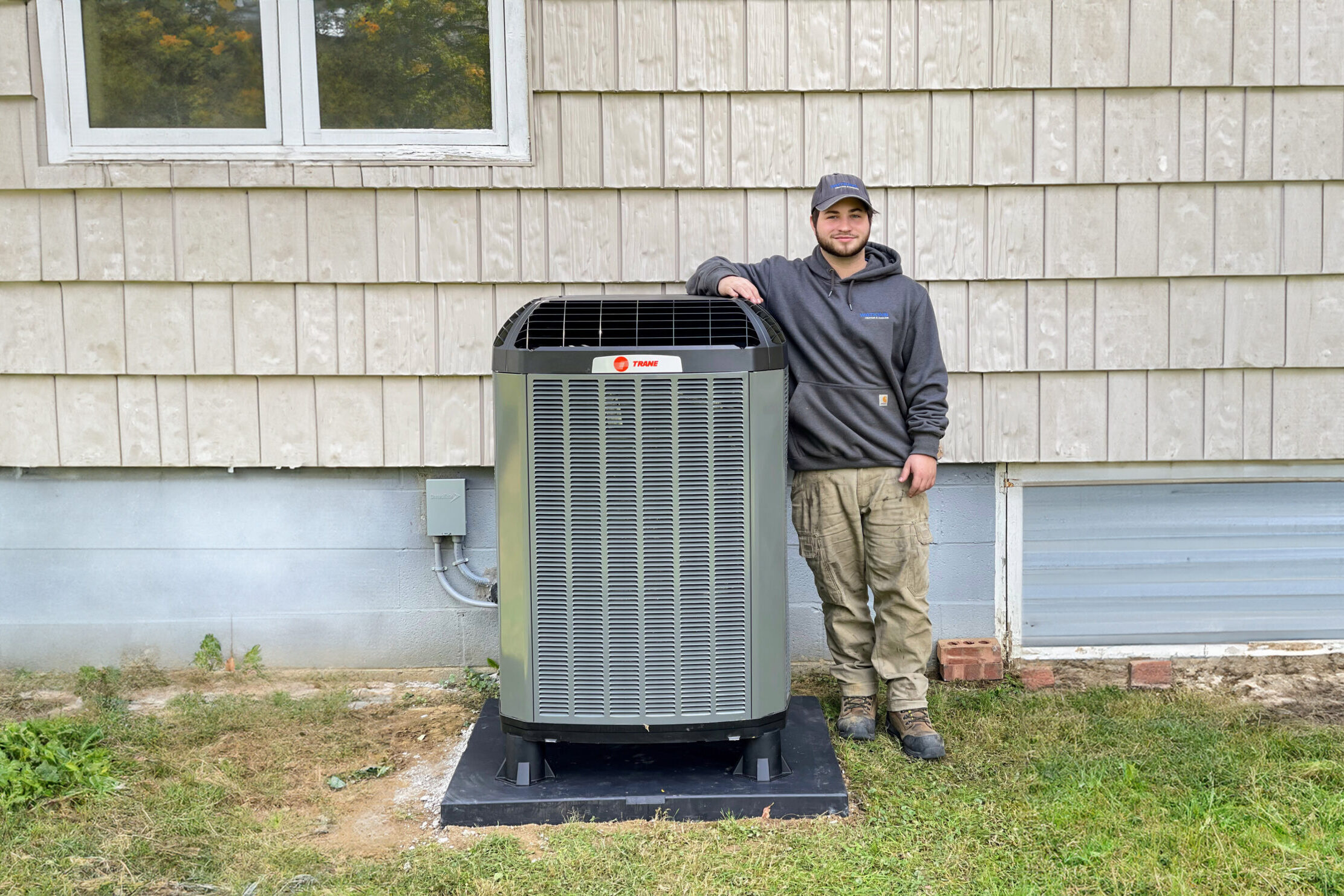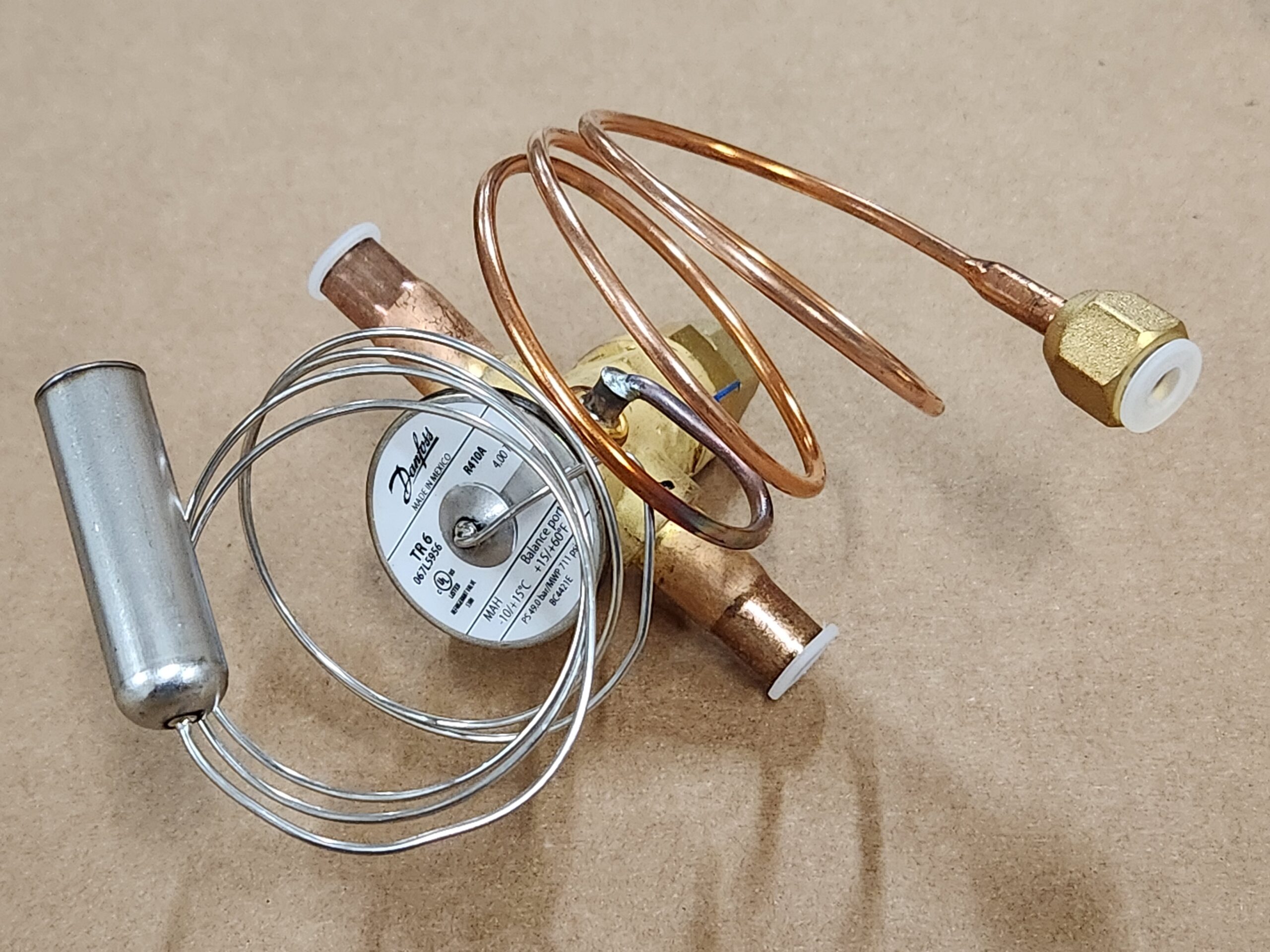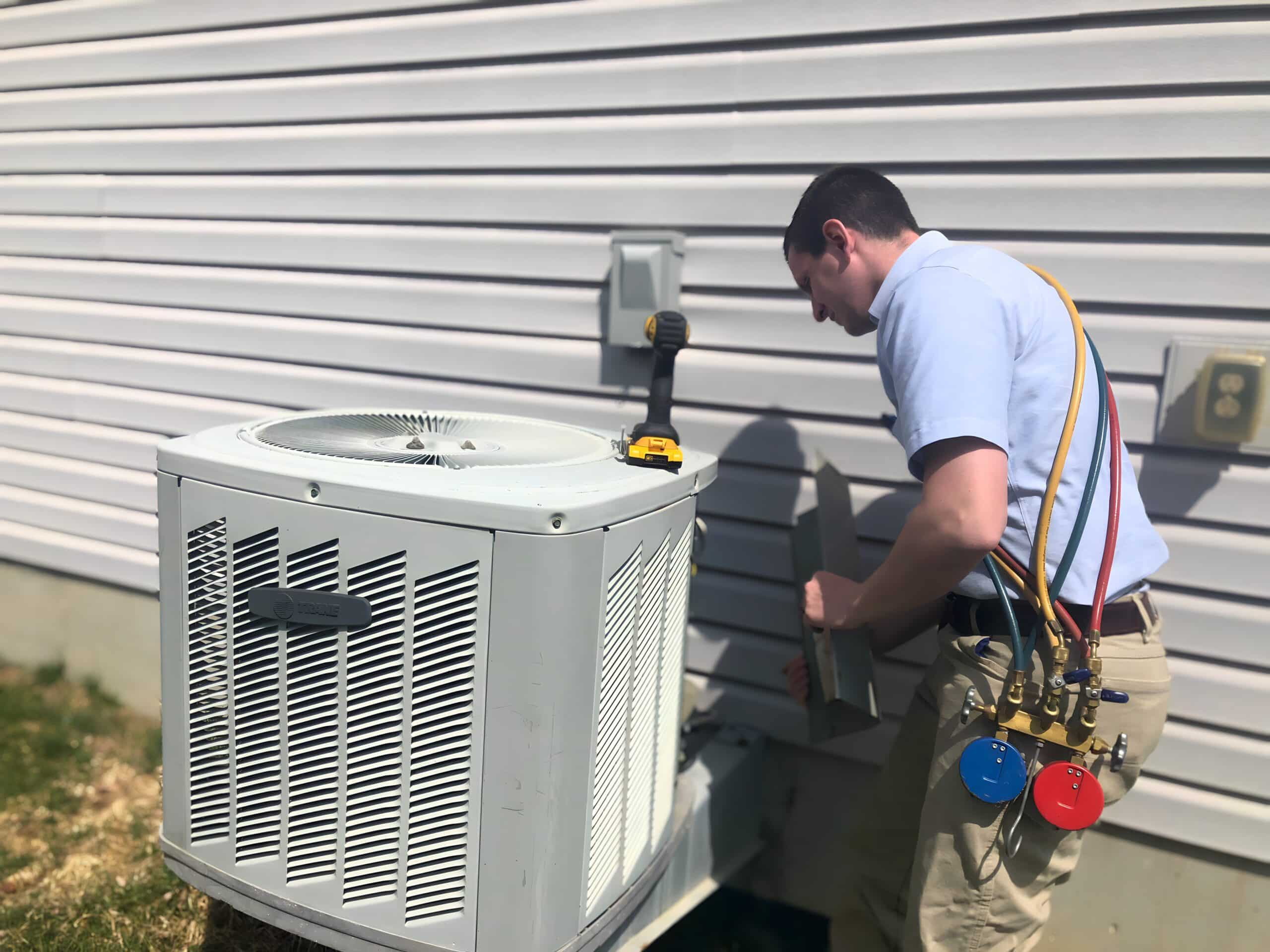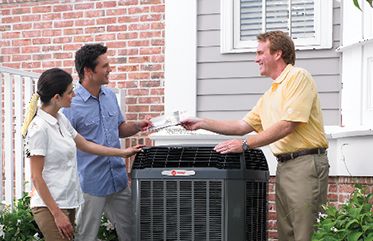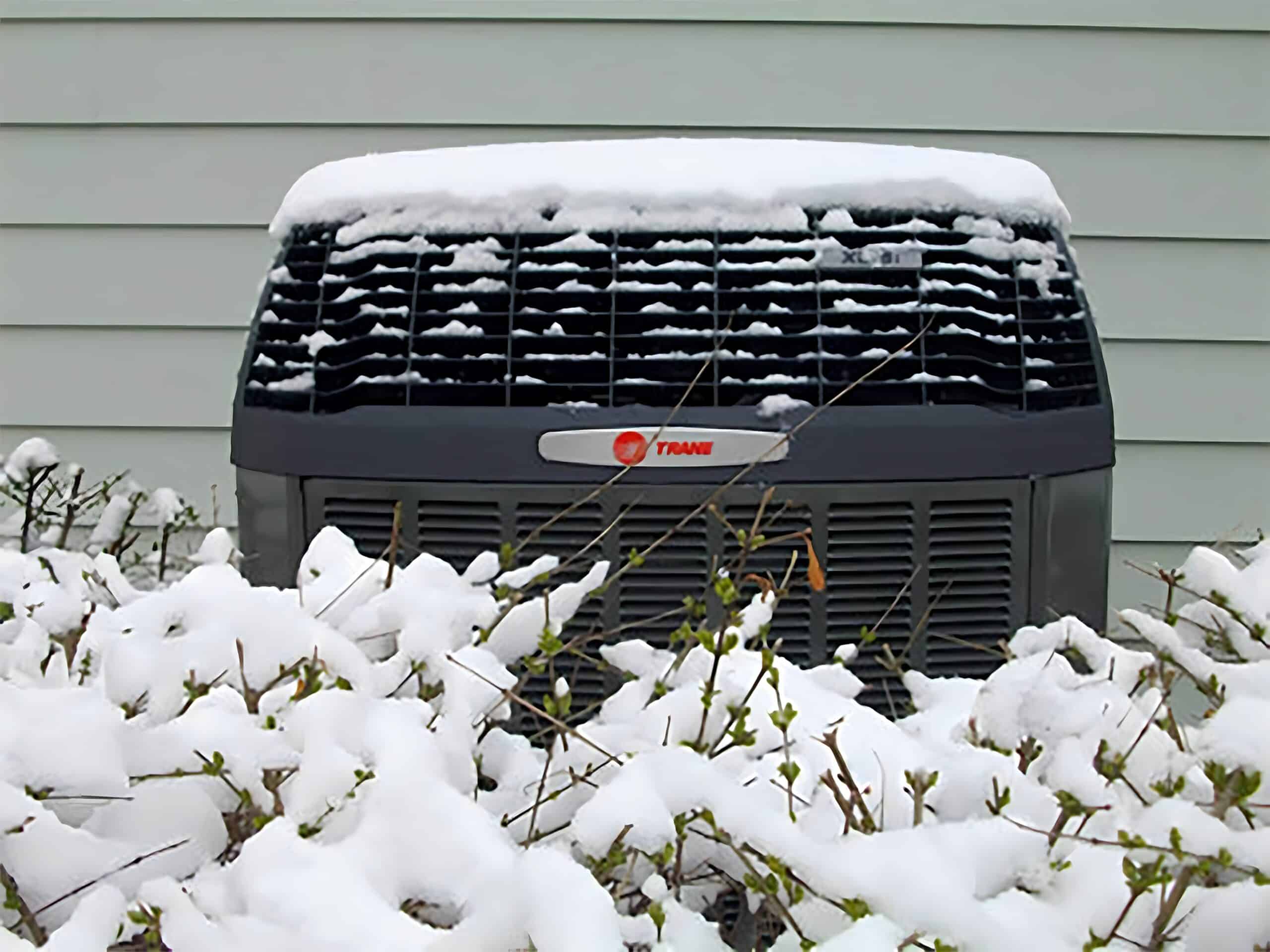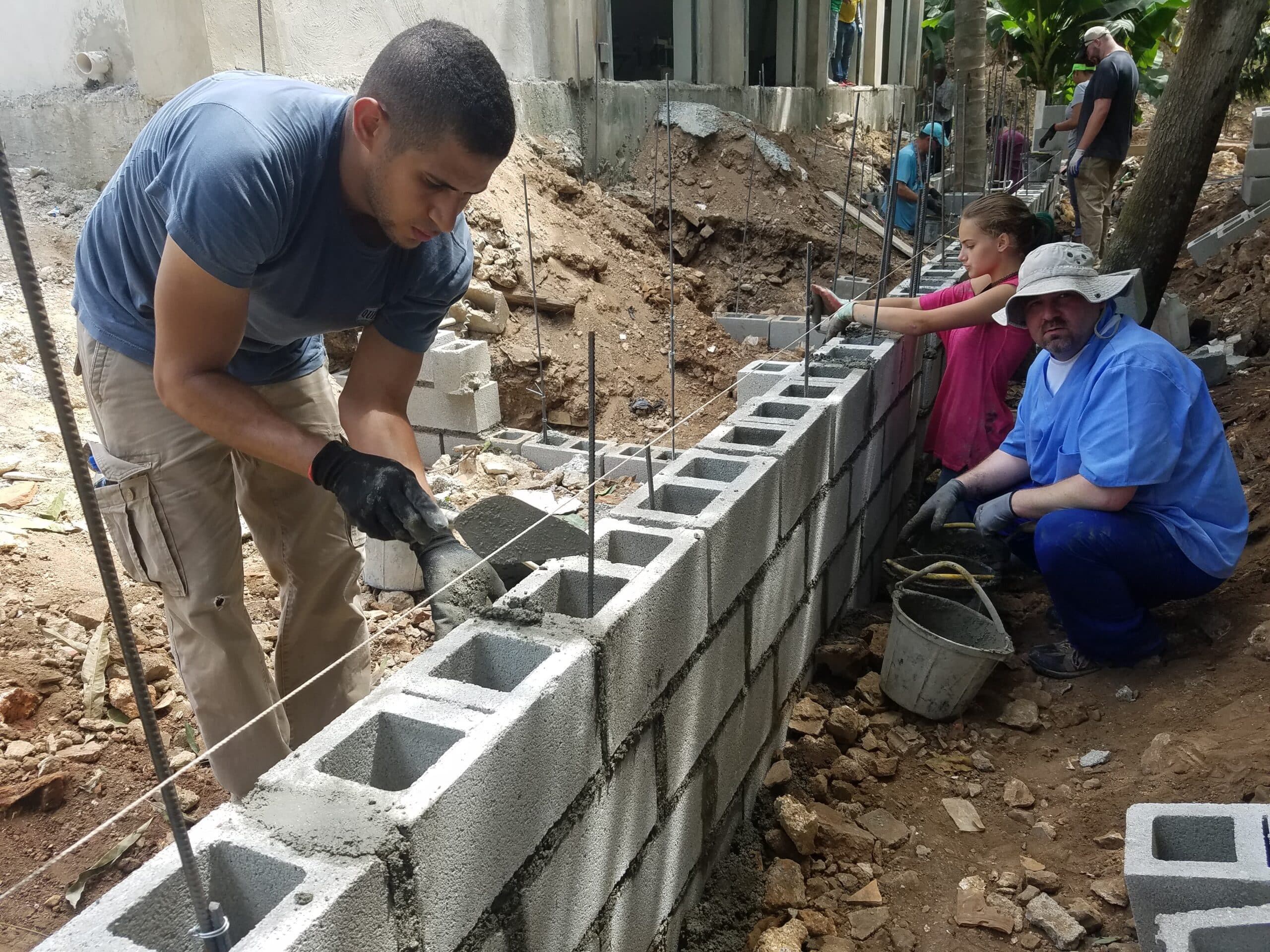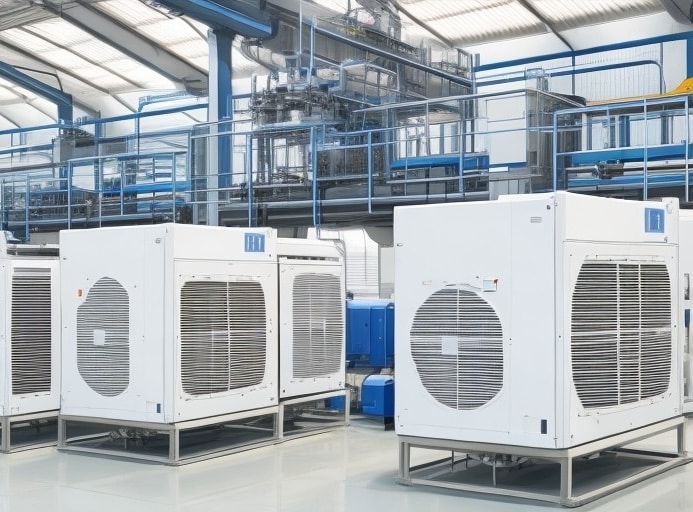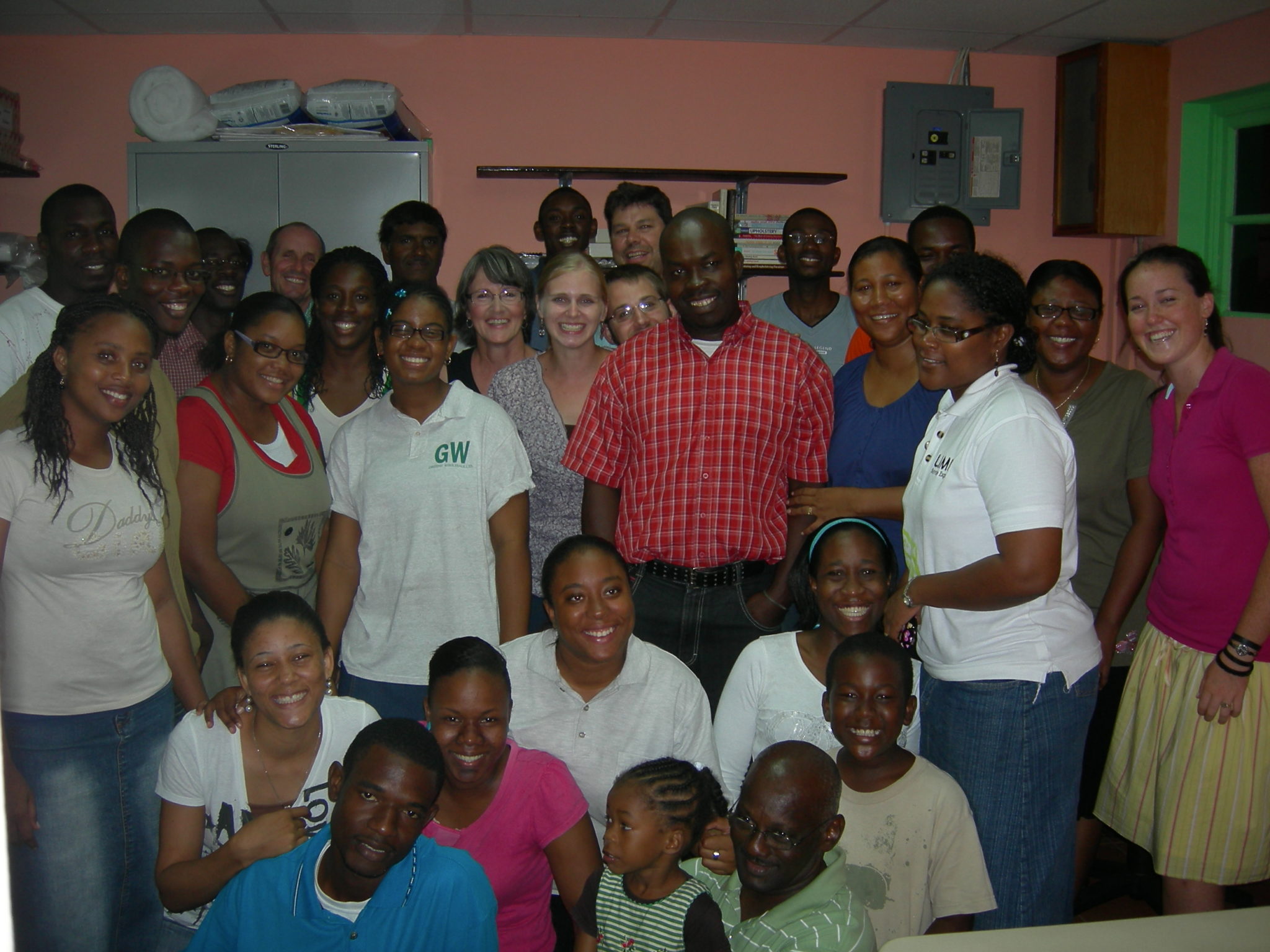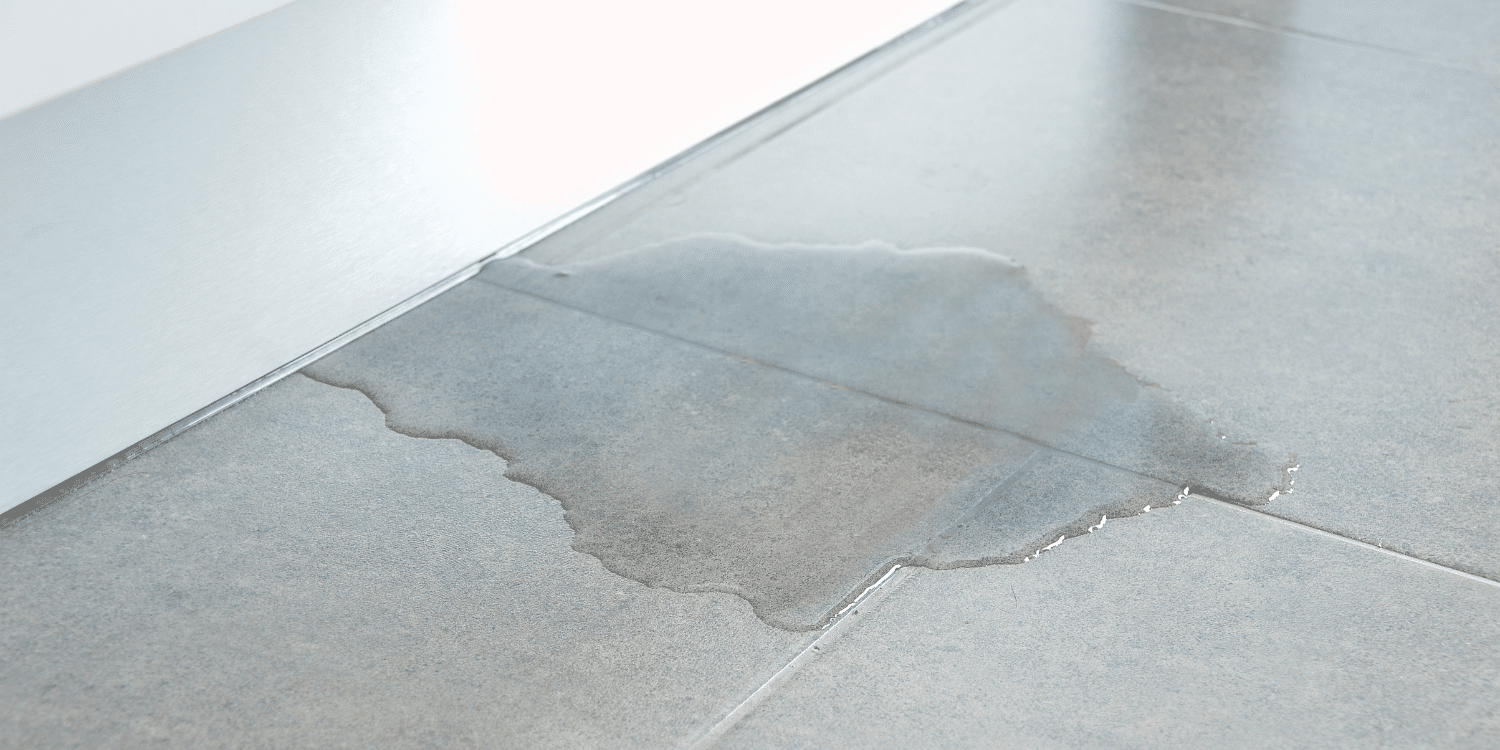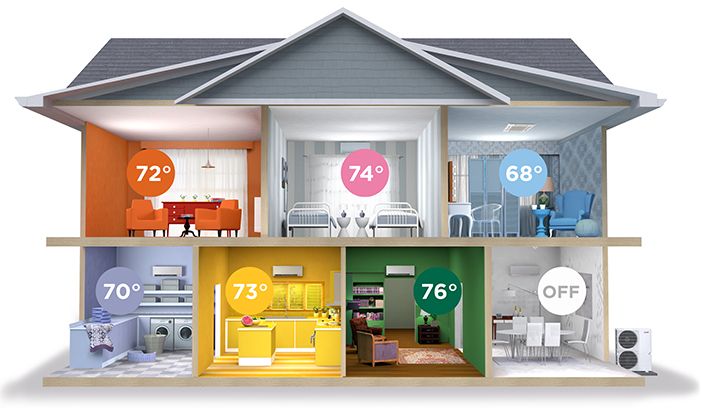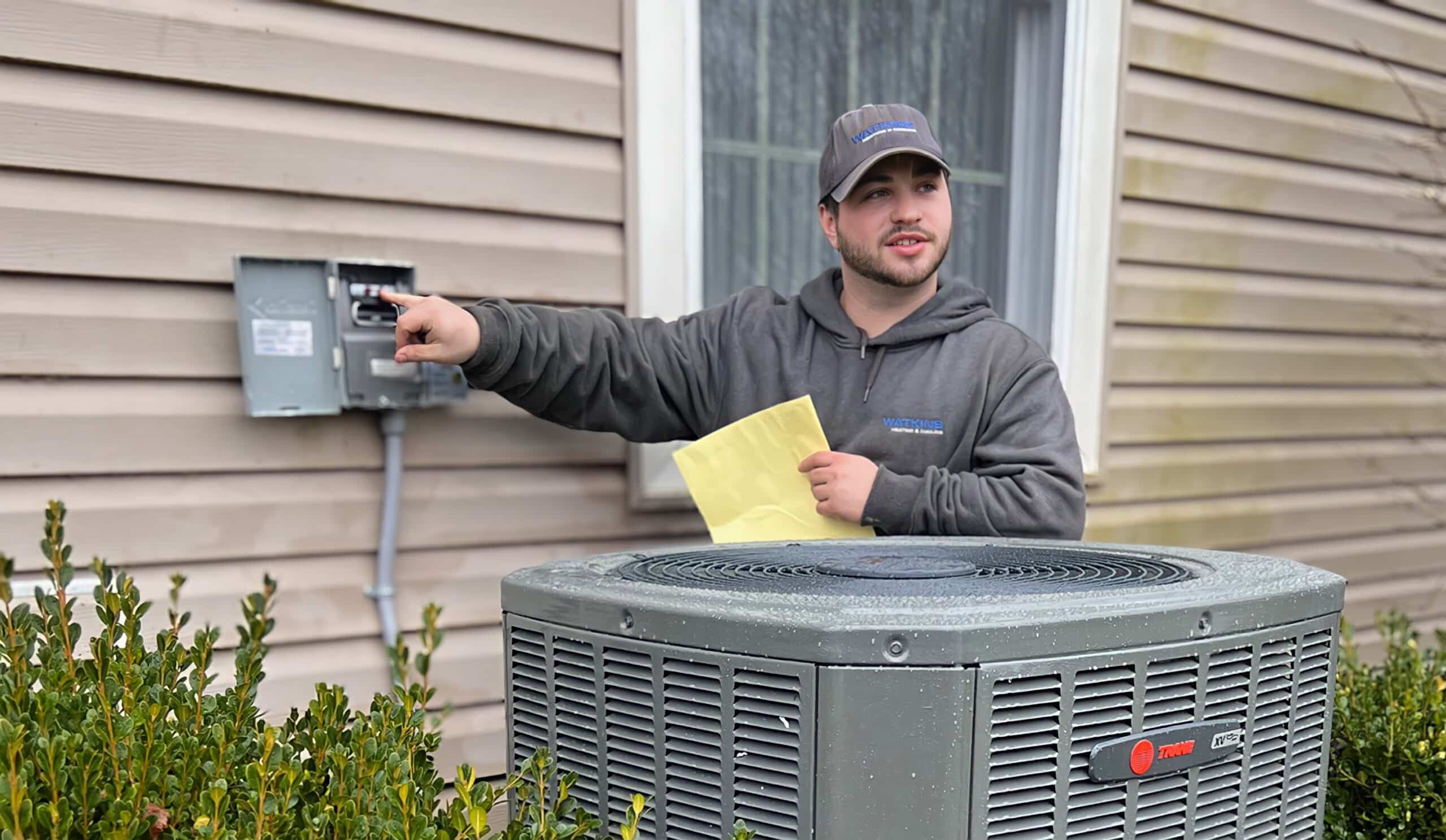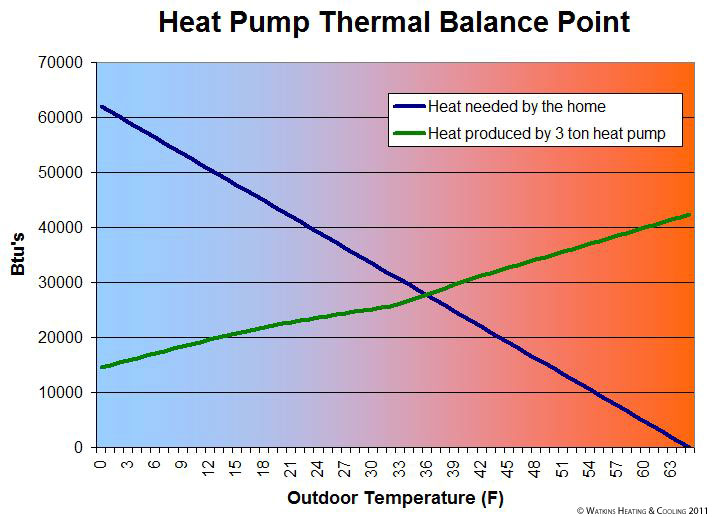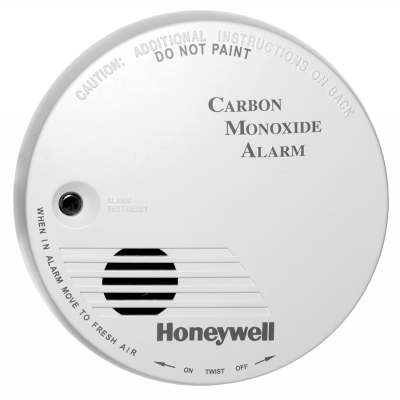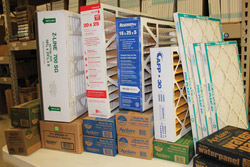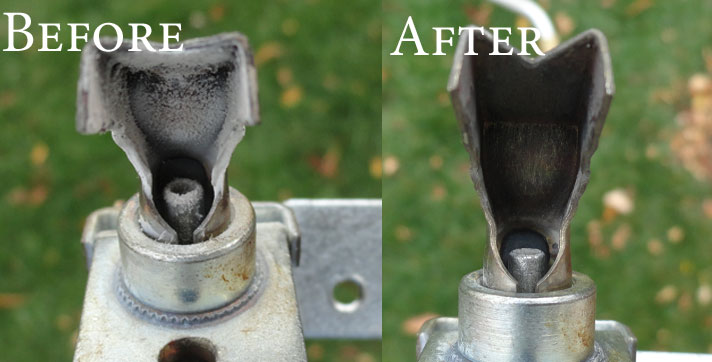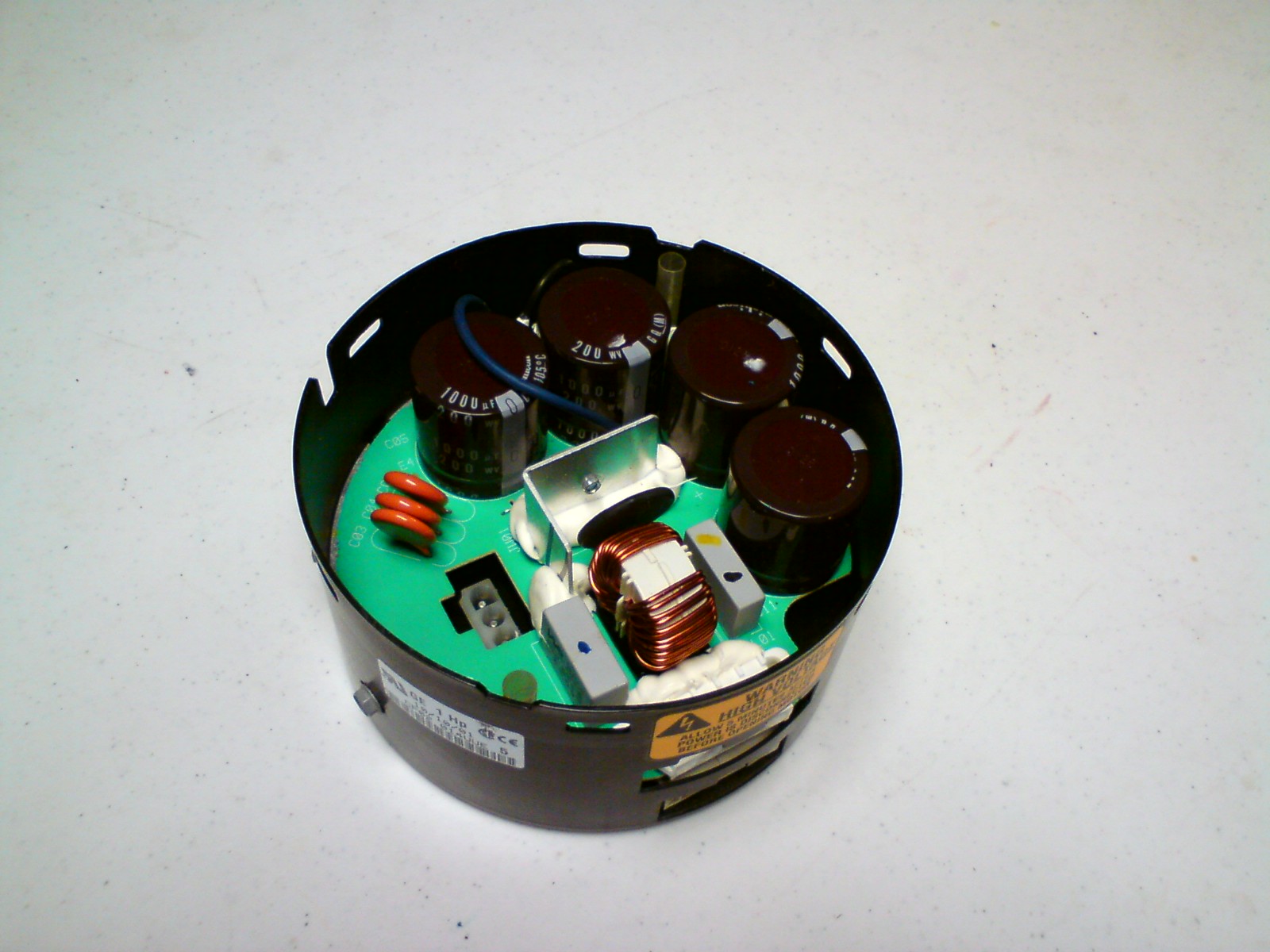What Causes Carbon Monoxide in Homes
Understanding Carbon Monoxide
Carbon monoxide (CO) is a colorless, odorless, tasteless gas that can be deadly in your home. It is often referred to as the “silent killer.” In fact, approximately 29,000 people die worldwide per year from CO poisoning, and it is virtually undetectable without the aid of a carbon monoxide detector.
CO is often confused with carbon dioxide (CO2), but they are extremely different gases. CO2 is a harmless byproduct of complete combustion and is present in the air we exhale, sodas, and aerosol cans. Even the outside air contains about 400 parts per million (ppm) carbon dioxide. CO2 is harmless as long as the air you breathe also contains enough oxygen. Understanding this distinction is critical because moderate levels of CO2 in your environment are normal, but even low concentrations of CO pose a major threat.
If you ever suspect a carbon monoxide leak or your CO alarm goes off, evacuate your home immediately and call 911. Do not re-enter until professionals have inspected and cleared your home.
At its most basic level, carbon monoxide (CO) is one carbon atom and one oxygen atom. This poisonous gas is formed through the incomplete combustion of fossil fuels. Combustion involves the combination of carbon and oxygen. Achieving perfect combustion – where each carbon is fully combined with two oxygens – is almost impossible outside of a laboratory setting. As a result, burning any fossil fuel such as natural gas, coal, oil, propane, gasoline, or charcoal will produce carbon monoxide. Fossil fuel combustion is the source of carbon monoxide in your home.
Below, we’ll help you understand the specific individual causes of carbon monoxide in your home like fuel-burning appliances. By understanding these sources, you can significantly reduce the risk of carbon monoxide poisoning and keep your family safe.
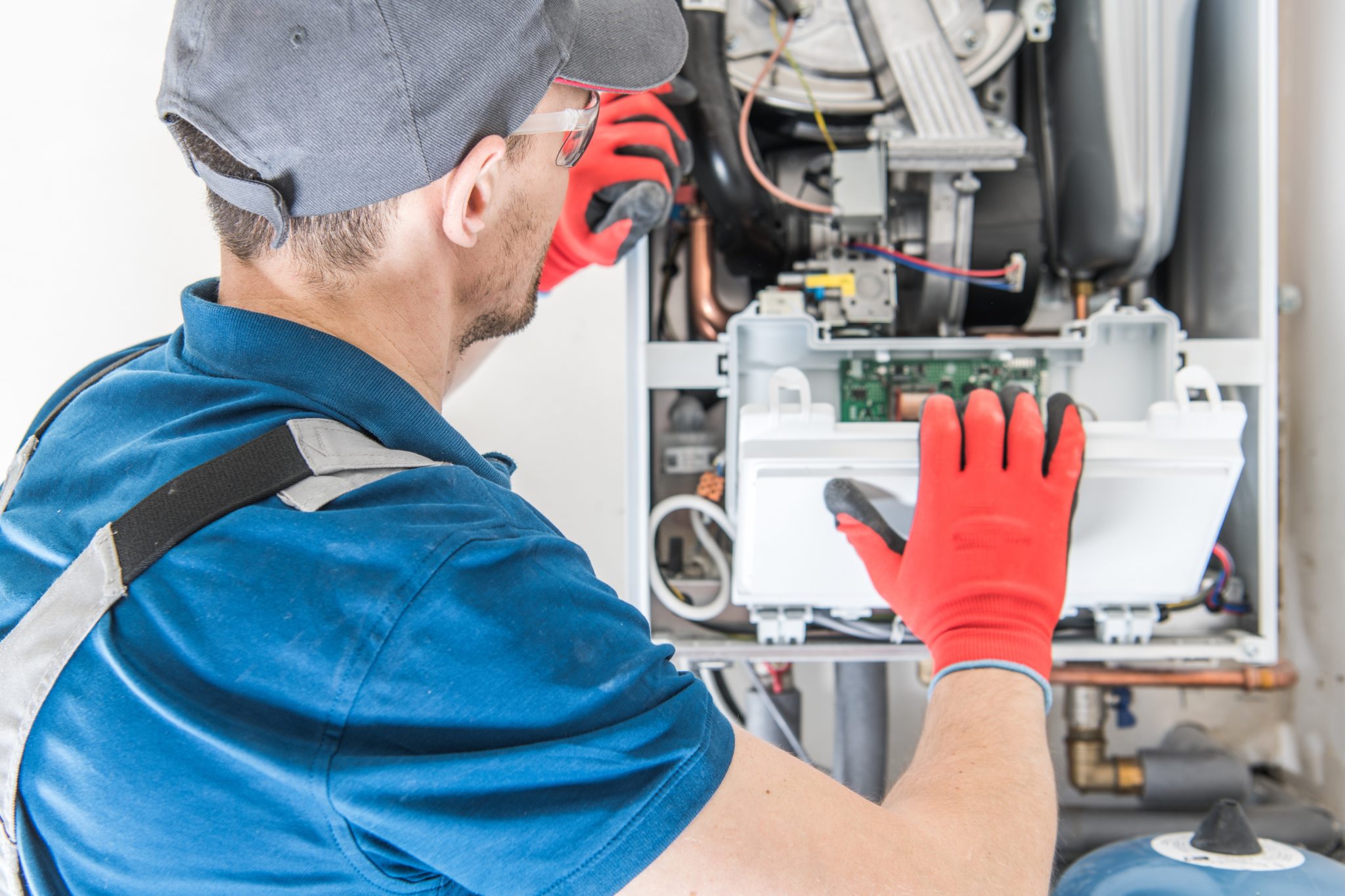
CO Sources from Household HVAC Equipment
Improperly Installed or Faulty Gas Furnaces
Modern gas furnaces are extremely safe. Design features such as negative-pressure heat exchangers, pressure switches, and multiple rollout safeties make it nearly impossible for a properly installed furnace to release CO gas into your house.
That said, the most common source of carbon monoxide in homes is a gas furnace that has not been properly installed. We’ve seen too many unqualified HVAC installers make errors with improper ductwork, inadequate fresh air, incorrect gas pressure settings, and incorrect venting. These common mistakes made by a non-qualified furnace installers can lead to carbon monoxide exposure and potential tragedy.
Even if your furnace is installed by a professional, that doesn’t mean it will never malfunction and leak CO into your home. As we show here, if your furnace heat exchanger rusts or cracks, it can leak dangerous flue gases like carbon monoxide into your home. Another cause of furnace CO leaks is a blocked or malfunctioning venting system, which can prevent carbon monoxide from being expelled from your home. Regular maintenance and inspection of your gas furnace by a qualified technician is imperative to ensure your heating system is working properly and not creating carbon monoxide. Taking this precaution not only enhances the safety of your household but also extends the lifespan of your HVAC system and keeps it functioning at peak performance.
Fuel-Burning Space Heaters
Space heaters and patio heaters that use kerosene, propane, natural gas, or oil all produce small amounts of CO emissions. Always use a fuel-burning heater with proper ventilation, setting it up in a well-ventilated area where fresh air can circulate freely. Additionally, watch for signs of poor combustion like yellow flames instead of blue ones, which can indicate excess carbon monoxide production. Never use an outdoor heater indoors, as they are not designed for enclosed spaces and can be a significant CO risk.
Wood Burning Stoves
While a cozy alternative heat source, a wood burning stove can also produce carbon monoxide if not properly vented and maintained. Make sure your wood stove is well-vented, regularly check for blockages in the chimney, use well-seasoned wood to ensure a cleaner burn, and have your stove inspected regularly to catch any issues early.
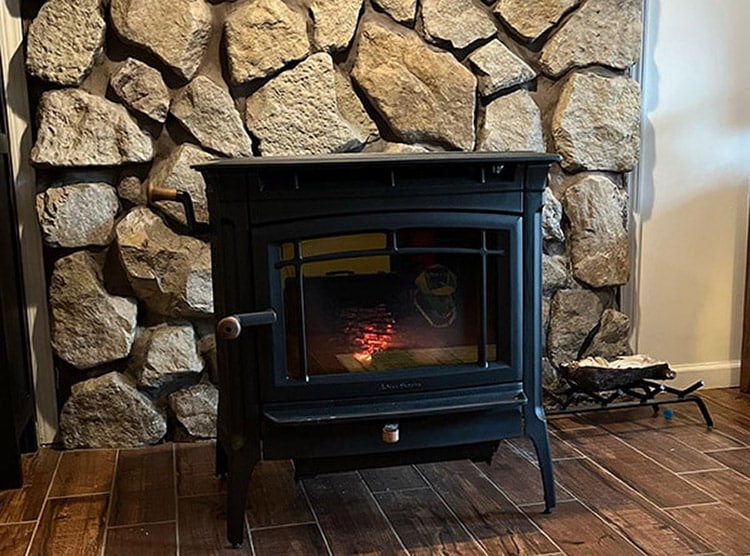
CO Sources from Other Home Appliances
Natural Draft Water Heaters
Natural draft gas water heaters rely on the “chimney effect” to lift exhaust gases up the flue pipe and safely out of the home. As we build tighter, more efficient homes, the natural draft process stops working and flue gases, along with carbon monoxide, spill out of the water heater and into the home. We also see this frequently when homeowners finish their basement. The furnace and water heater usually sit together in a large open basement where they don’t compete for combustion air. Upon finishing the basement, it’s common to build walls around the water heater without providing adequate combustion air. The system that worked fine in a large open basement is now choking for air in a tight furnace room, resulting in one of the top three causes of high CO in a home.
Gas Stoves and Ovens
Gas stoves and ovens produce small amounts of carbon monoxide (CO) when operating correctly. Since they typically burn very clean and are only used briefly to cook, this small amount of CO doesn’t present a problem. However, if you use your gas oven or range as a backup heat source for your home, the CO can accumulate to dangerous levels. To ensure safety, only use these appliances for cooking, beware of dirty, yellow flames, and always use an exhaust fan while cooking. Regularly checking and maintaining your gas stove and oven can also help prevent CO buildup by ensuring they operate efficiently and safely.
Portable Generators
A portable generator should never be used indoors, including garages! While they’re great for camping, portable generators produce very high levels of carbon monoxide that can quickly turn deadly if you operate them anywhere but the great outdoors. It’s also a good idea to keep them far away from windows, doors, and vents that lead into your home.
Charcoal Grills
Just like generators, you should never use a grill indoors or in a garage. Beside the fire risk if you have a flare-up, both charcoal and propane grills produce large amounts of carbon monoxide which will buildup inside an enclosed space and pose a serious threat. You should only use your charcoal grill outdoors where the CO can disperse safely.
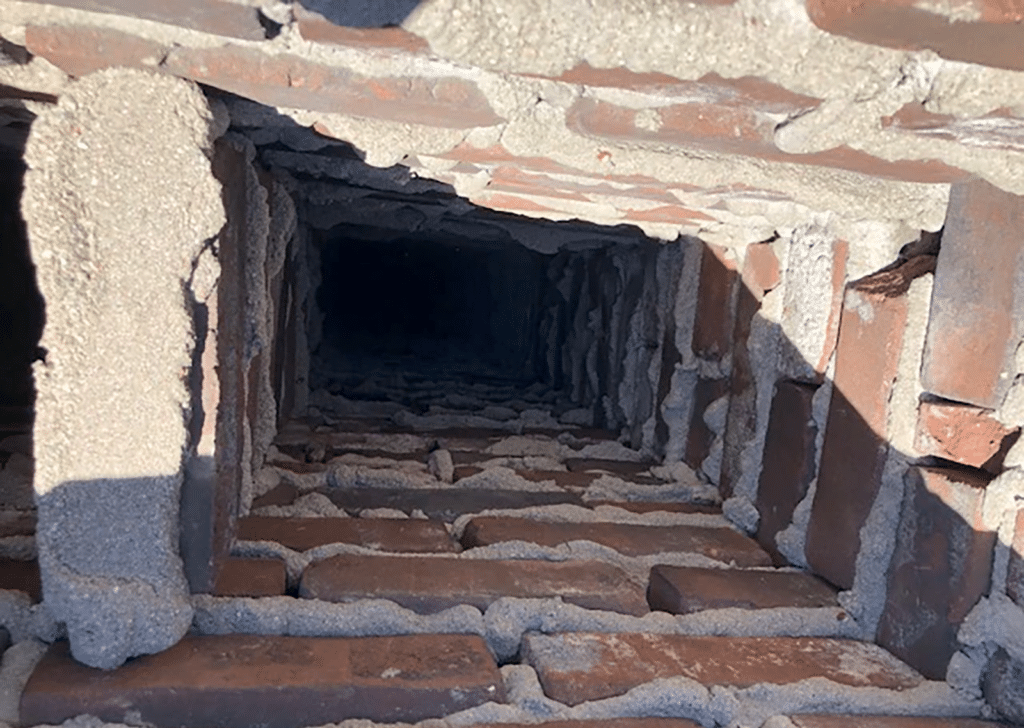
Poor Home Ventilation Leads To CO Issues
Fireplaces and Blocked Chimney Flues
An improperly ventilated fireplace or blocked chimney flue can prevent carbon monoxide from venting to the outdoors properly, causing it to accumulate inside your home. It’s important to have your chimney inspected (once per year is recommended) and cleaned regularly to avoid blockages that could lead to dangerous levels of carbon monoxide.
Tobacco Smoke is a Source of Carbon Monoxide
Let’s talk about a source of carbon monoxide that might surprise you: tobacco smoke. Whether it’s from cigarettes, cigars, or pipes, smoking can introduce CO directly into your lungs and into your home. This is especially true in enclosed spaces (areas without open windows) where the smoke doesn’t have a chance to disperse. While it’s well-known that smoking negatively impacts indoor air quality and poses serious health risks, the levels of carbon monoxide it produces are often underestimated and unmentioned. In fact, a smoker is exposed to approximately 400 to 500 ppm of CO while smoking, a staggering number.
Motor Vehicles in Garages
Running a car, truck, van, or any motor vehicle in a garage, even with the door open, can cause a dangerous buildup of carbon monoxide. You’ve likely heard tragic stories about CO poisoning, both intentional and accidental. To avoid this risk, never leave a car idling in an attached garage or any enclosed space.
Many homeowners ask us to add a little ductwork from their home heating system to their garage to help heat the garage in the winter. Any ductwork, supply or return, connecting the home HVAC system to the garage violates building code. An attached garage frequently has bad air quality from gas fumes, carbon monoxide, and lawn and garden chemicals. If you want to properly condition your garage, you need a dedicated HVAC system that does not connect to the rest of the house.
Debunking Carbon Monoxide Myths in Your Home
Can My A/C Cause Carbon Monoxide?
No, air conditioners do not produce carbon monoxide because they don’t involve combustion. Instead, they operate using electricity and refrigerants. This common misconception comes from the fact that gas furnaces can cause CO production when they burn fuel. This confusion often leads to the mistaken belief that all HVAC systems, including air conditioners, might produce carbon monoxide. But since A/Cs don’t use fuel, they don’t pose any risk of carbon monoxide poisoning.
Does An Electric Furnace Produce CO?
No, electric furnaces do not produce carbon monoxide in your home because they use resistance to produce heat rather than combustion. Gas furnaces use carbon fuel sources, so their combustion can lead to CO exposure in your home. Electric furnaces on the other hand generate heat using electric heating elements, which means there is no burning of fossil fuels that cause combustion and create carbon monoxide.
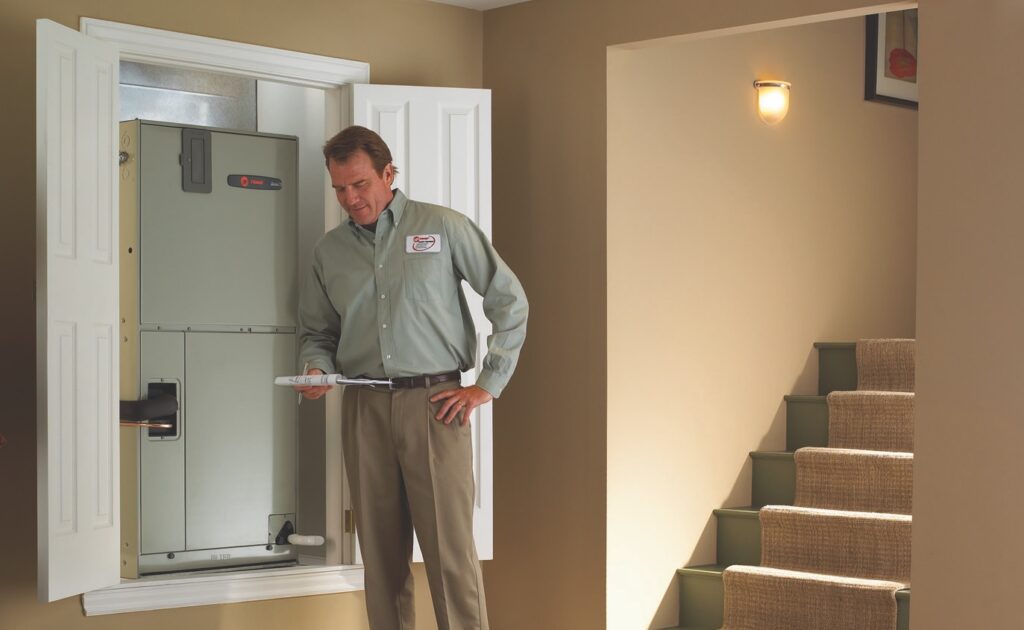
Can Electric Heaters Cause Carbon Monoxide? Can a Space Heater Cause Carbon Monoxide Poisoning?
No, electric heaters do not produce carbon monoxide. Unlike gas appliances, electric space heaters operate using electricity, which does not involve combustion. Some confusion with space heaters lies in the fact that some space heaters burn fuel like kerosene or natural gas and can produce carbon monoxide. If these heaters are not properly vented or if they are used in enclosed or poorly ventilated spaces, they can lead to CO buildup and potentially cause carbon monoxide poisoning.
Do Clothes Dryers Produce CO?
Just like electric furnaces and heaters, an electric clothes dryer does not produce any carbon monoxide. The vast majority of Americans use an electric dryer (somewhere around 80%), however that does leave 20% who use gas-powered dryers (which are more powerful and cheaper to operate). Like all fuel burning appliances, gas-powered clothes dryers could release carbon monoxide if not vented properly. With any dryer, gas or electric, clean the lint screen with every load, clean the vent piping regularly, and make sure that the dryer vents outdoors with no leaks in the pipe.
Protecting Your Family with Carbon Monoxide Detectors
Regardless of the source, the best way to protect your family starts with a working CO detector. Ideally, you should install one on each level of the house, and replace them every 7-10 years depending on the design. Any UL listed carbon monoxide detector should detect dangerous levels and alert you to evacuate to safety. However, there are differences between detectors, so we purchased the most popular detectors on the market to test and review. Here, you can find our unbiased review of the best carbon monoxide detectors.
It’s not uncommon to have chronic concentrations of CO in your home that are too low to trigger a carbon monoxide detector. Even though the levels are not deadly, they can still have very real health consequences. In addition to having CO detectors, knowing the common symptoms of excessive CO levels is extremely important. In the article, we explore the medical signs and symptoms in more detail so that you can recognize any possible issues before they become deadly.
